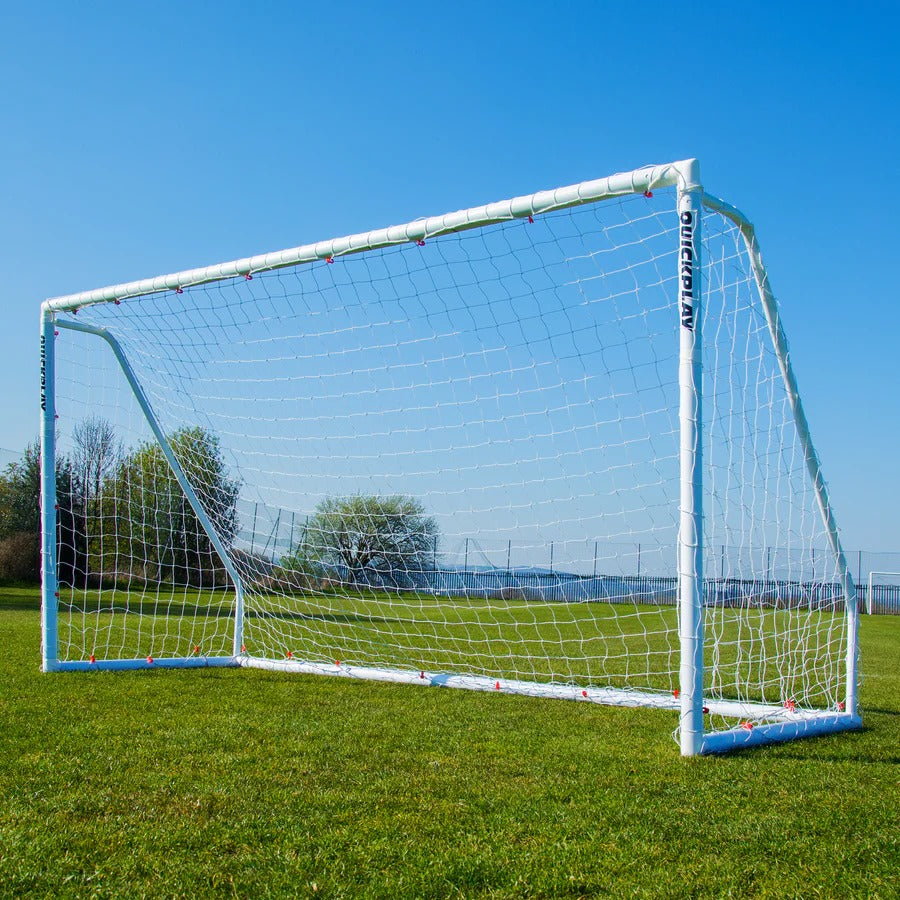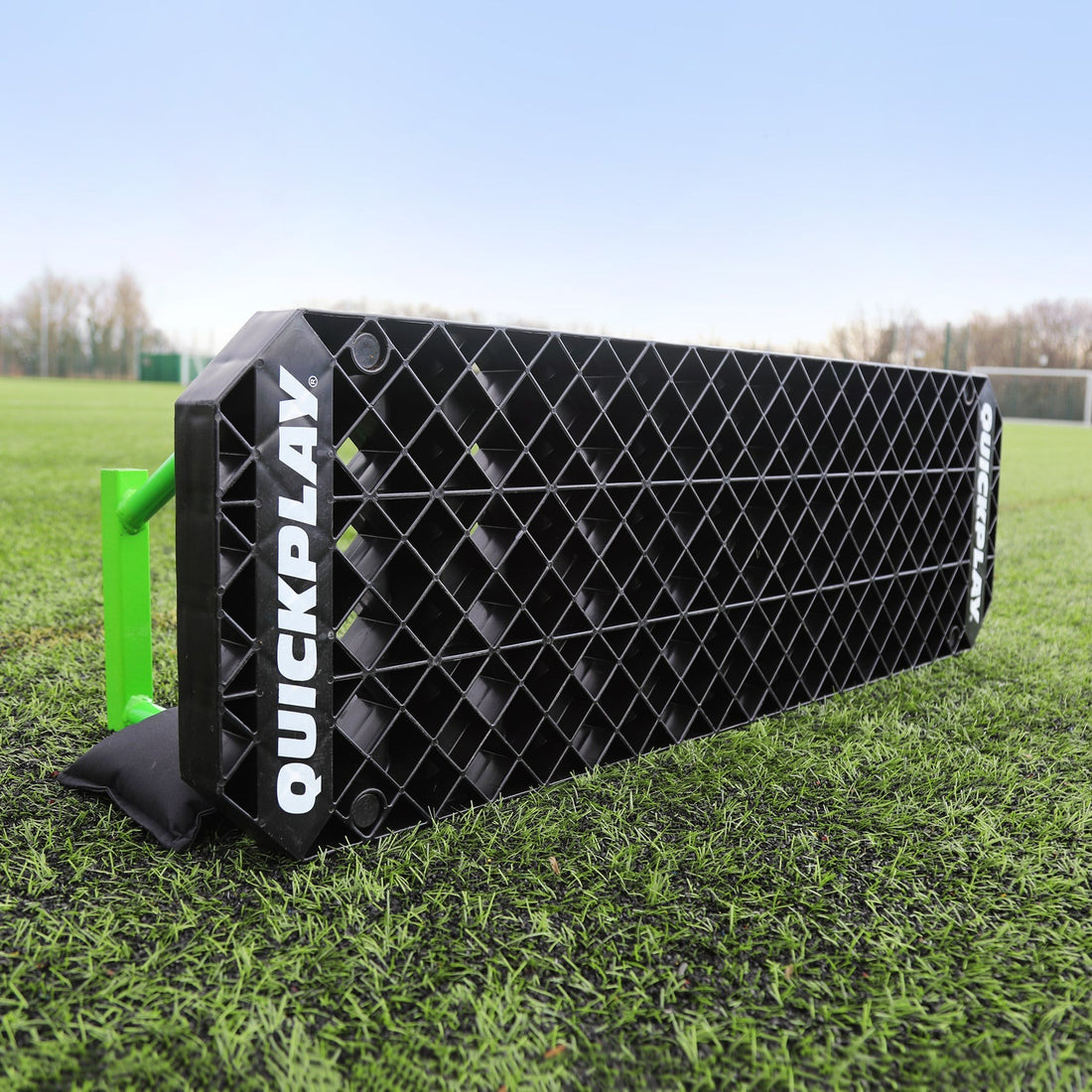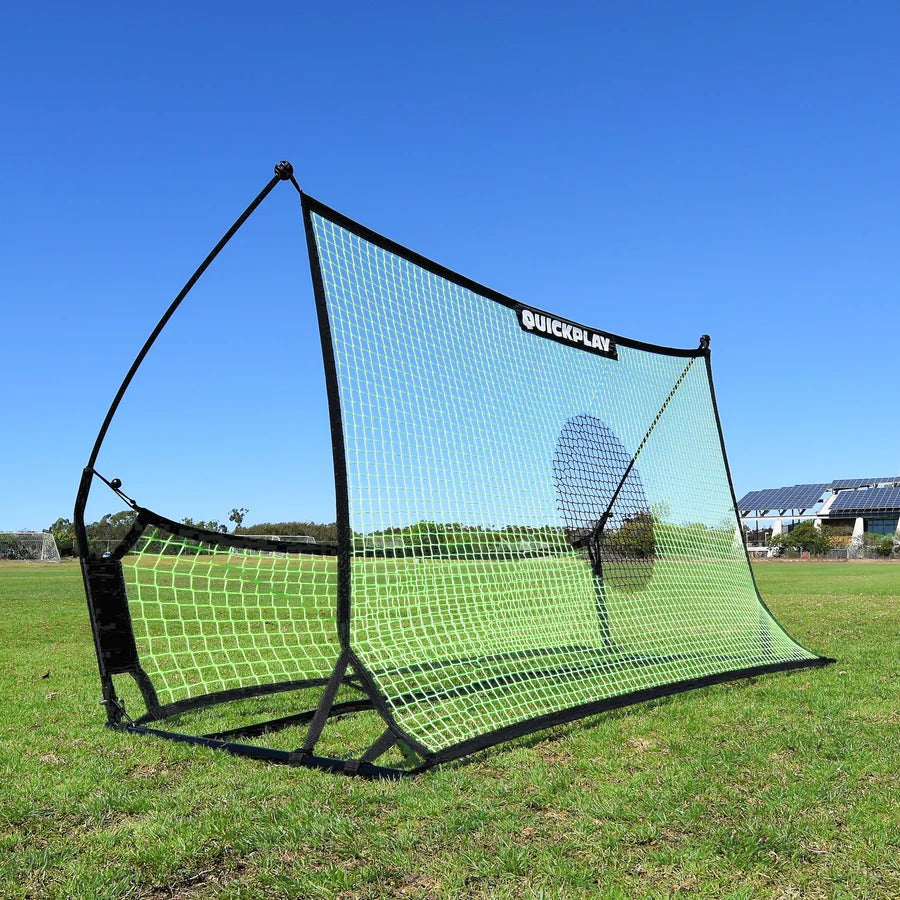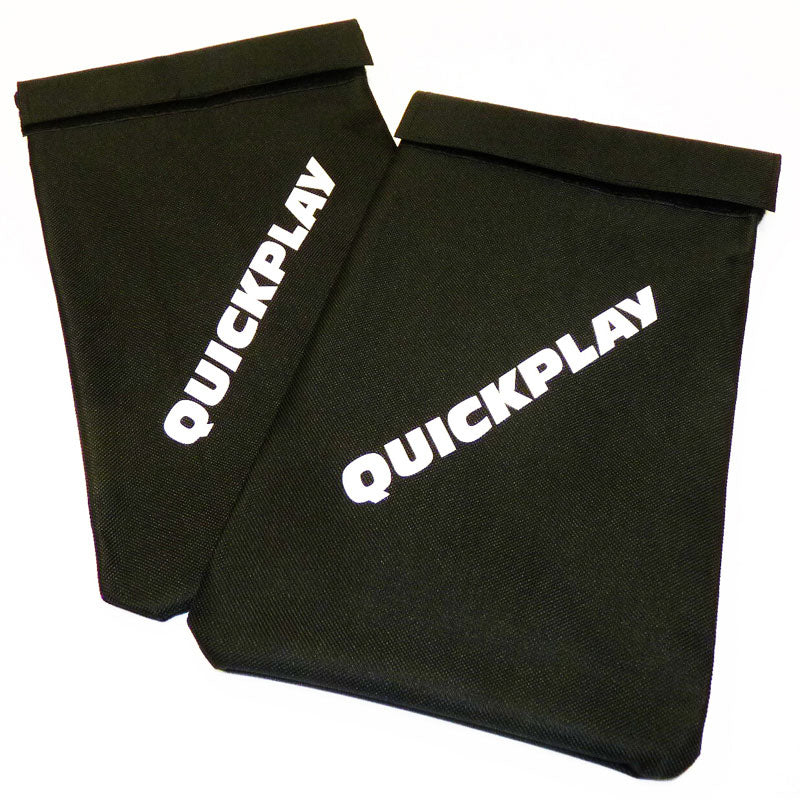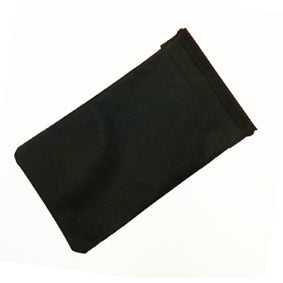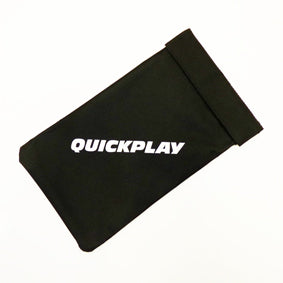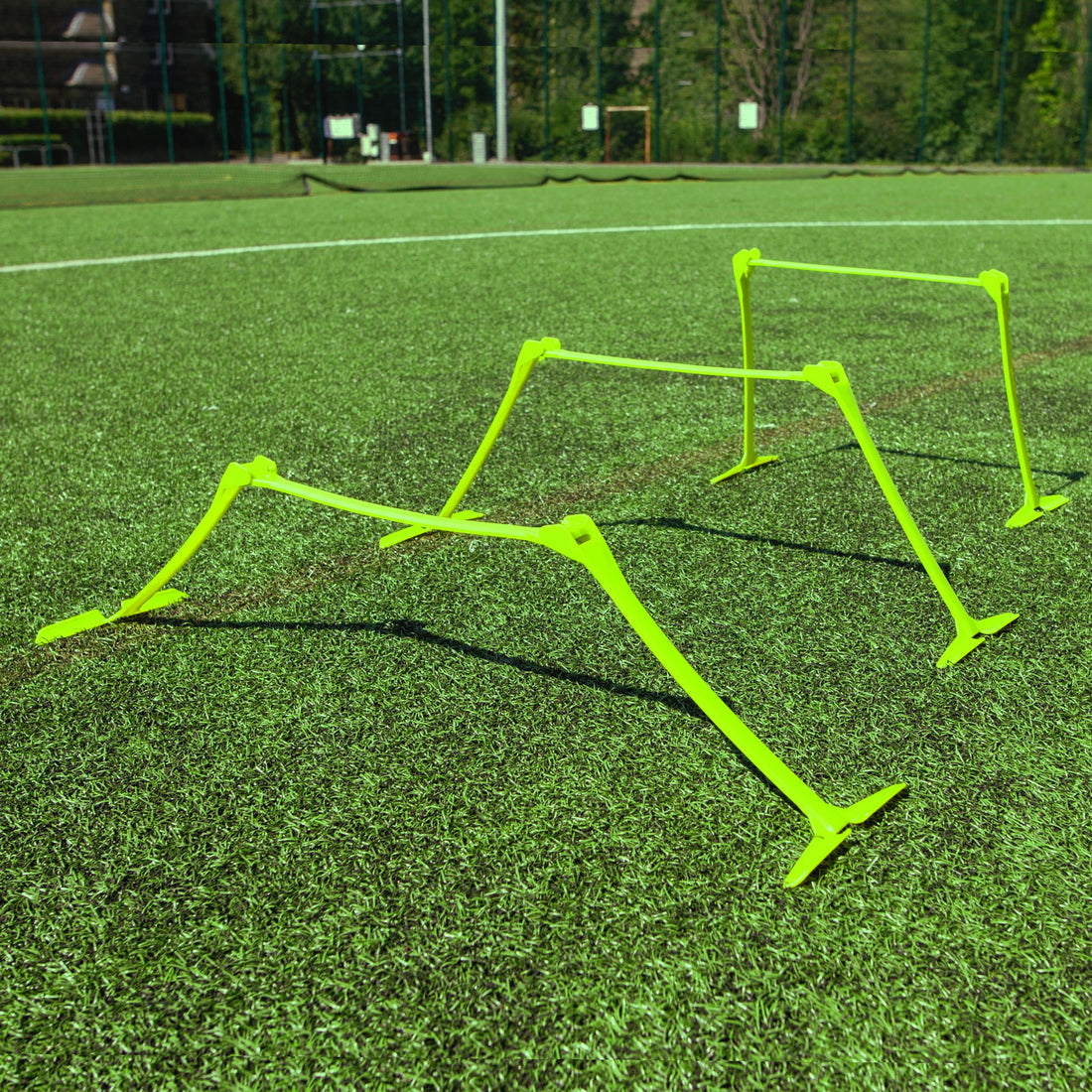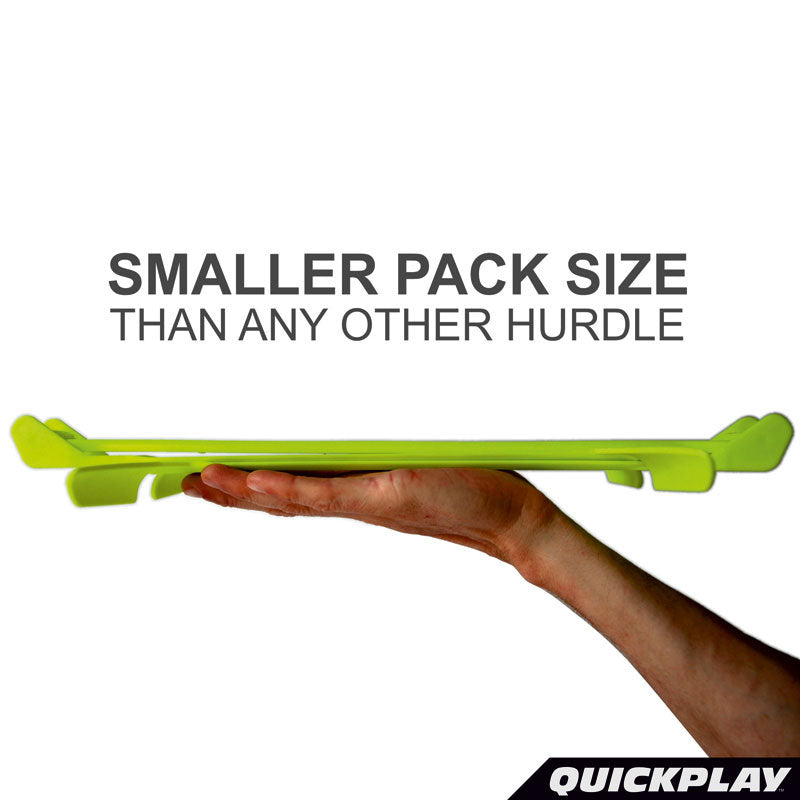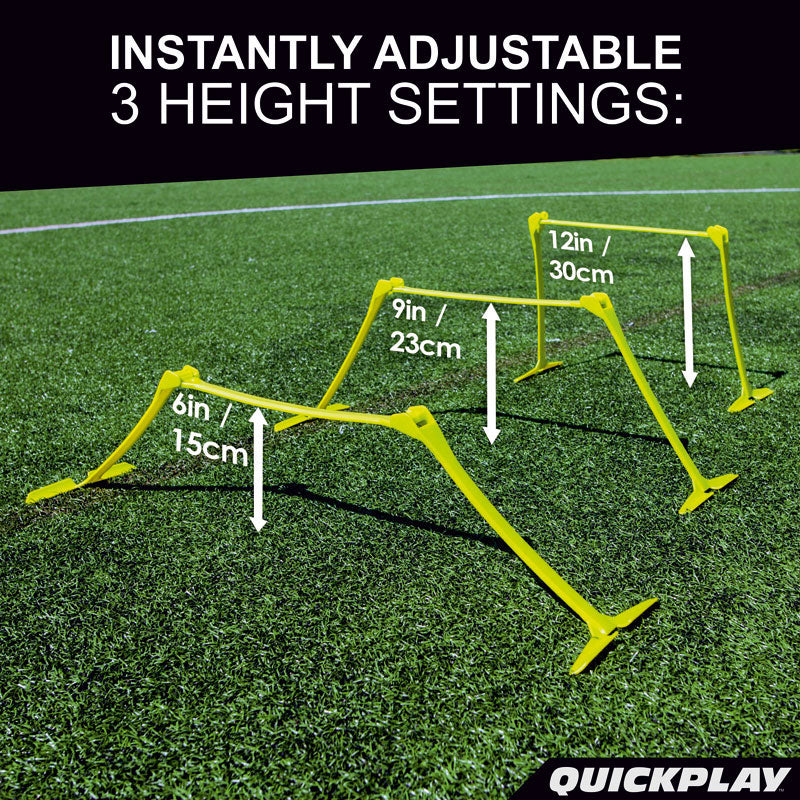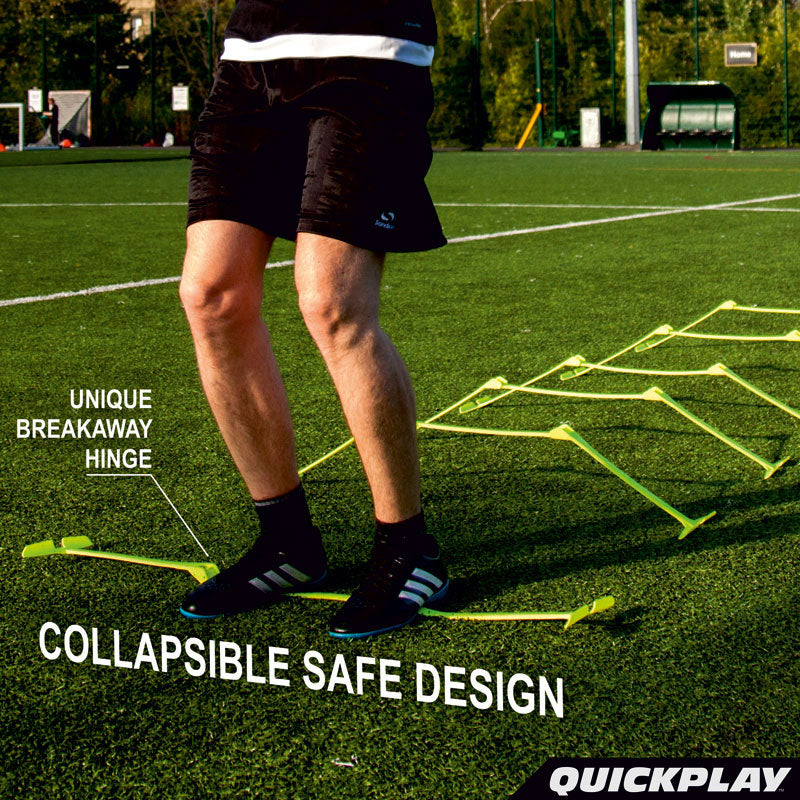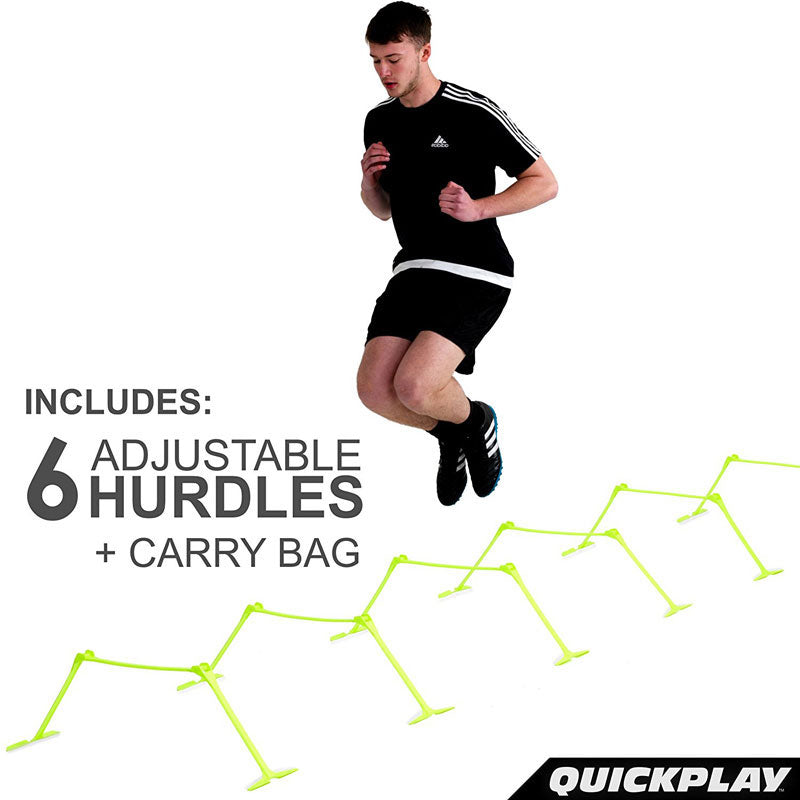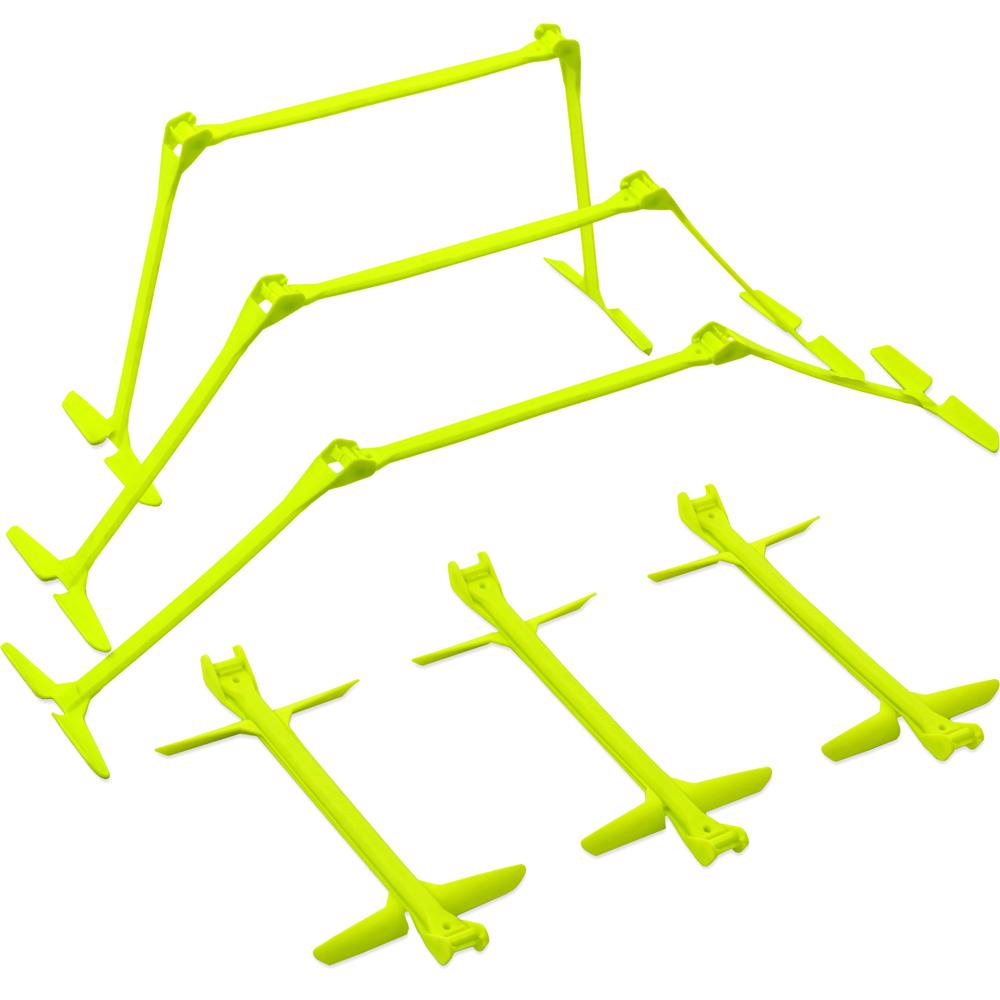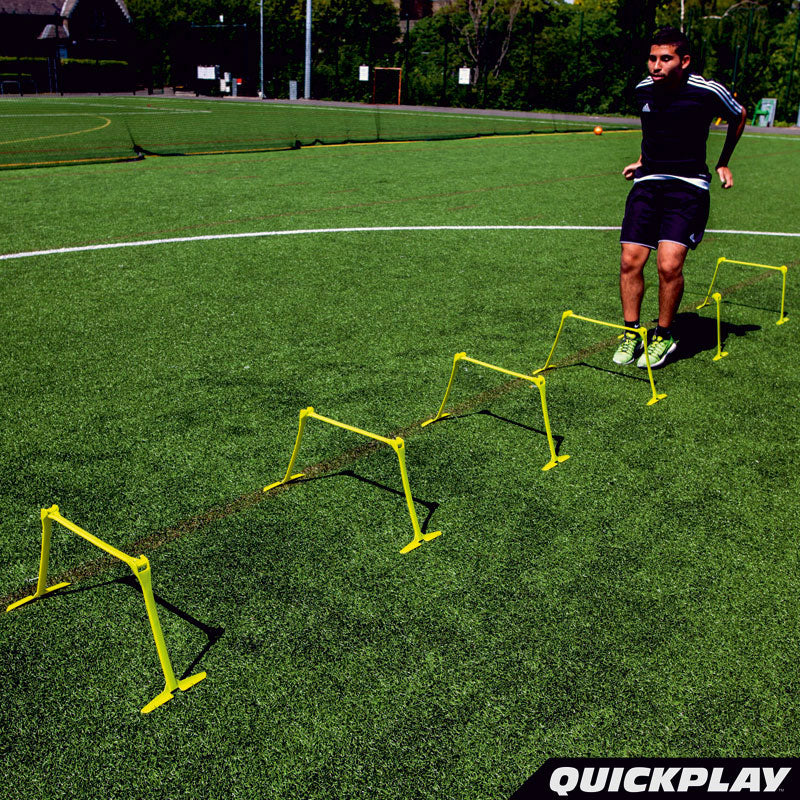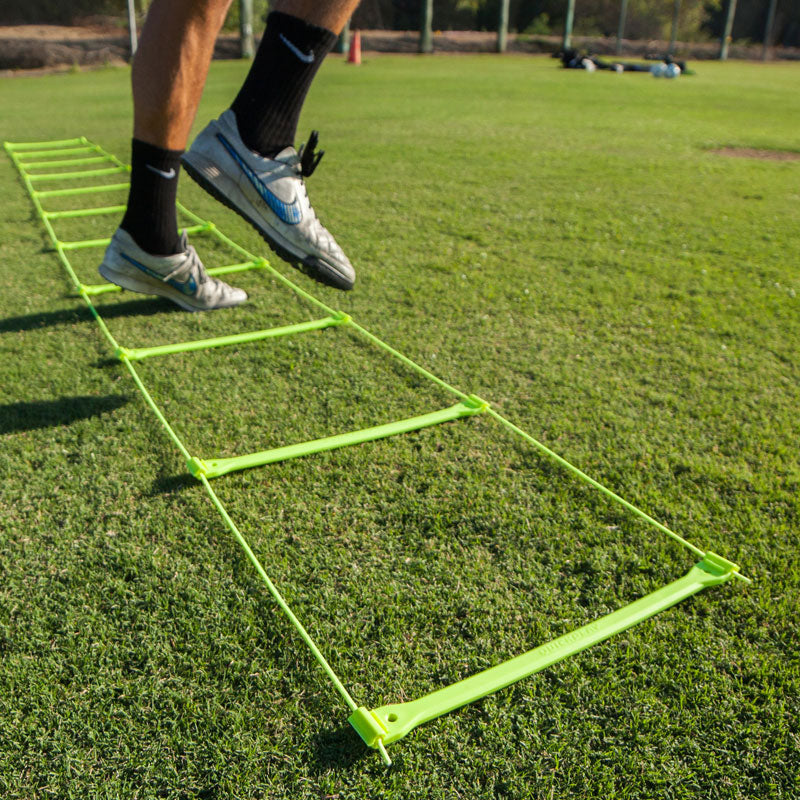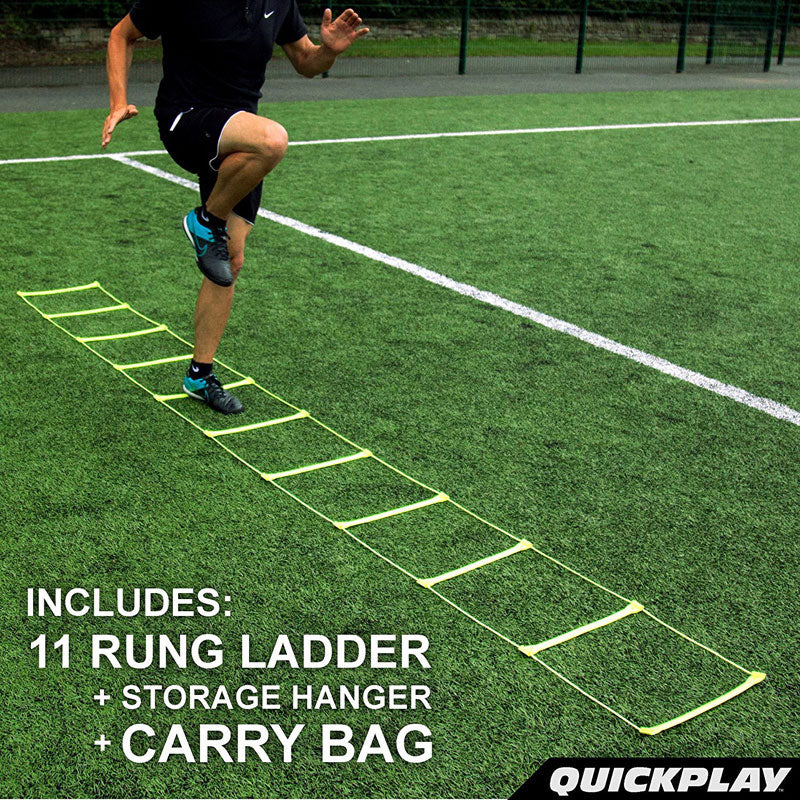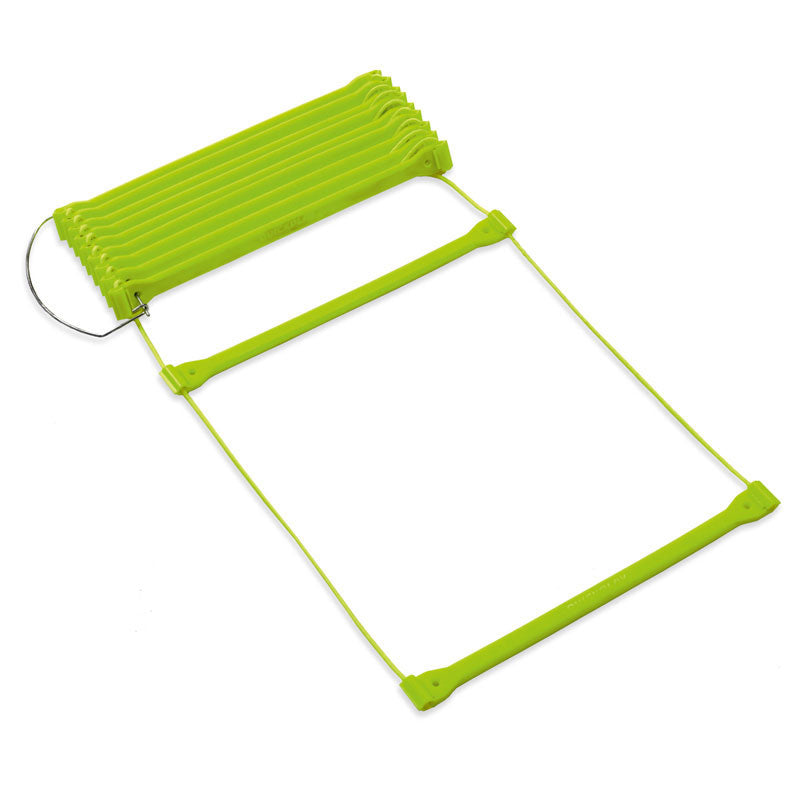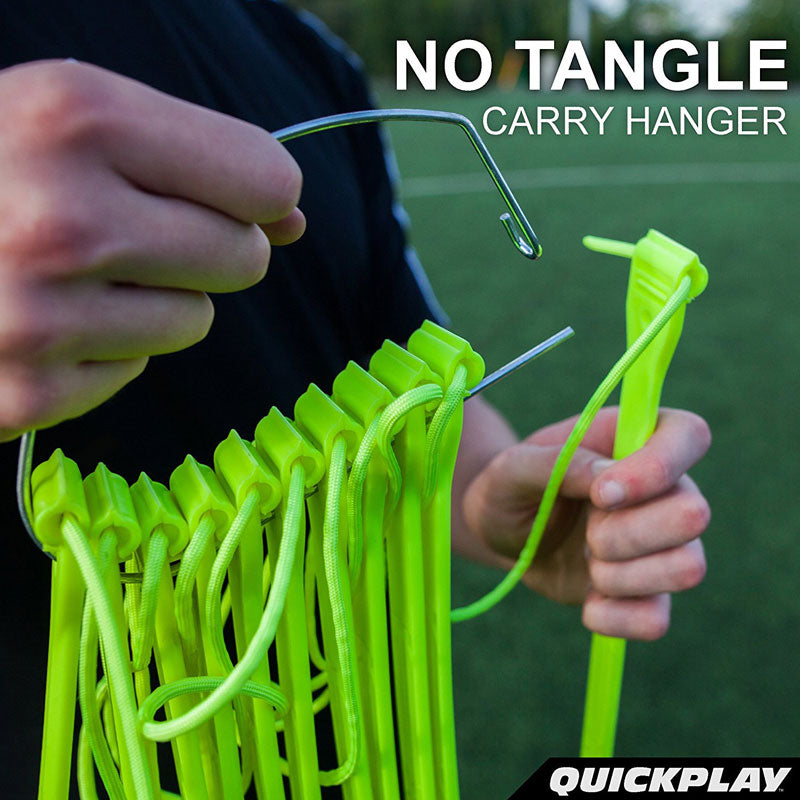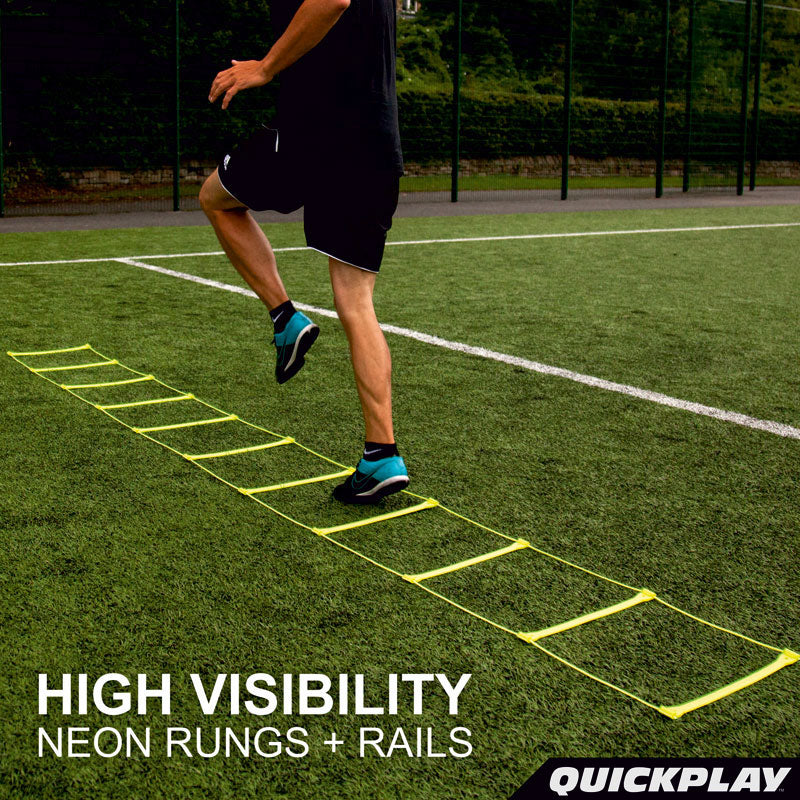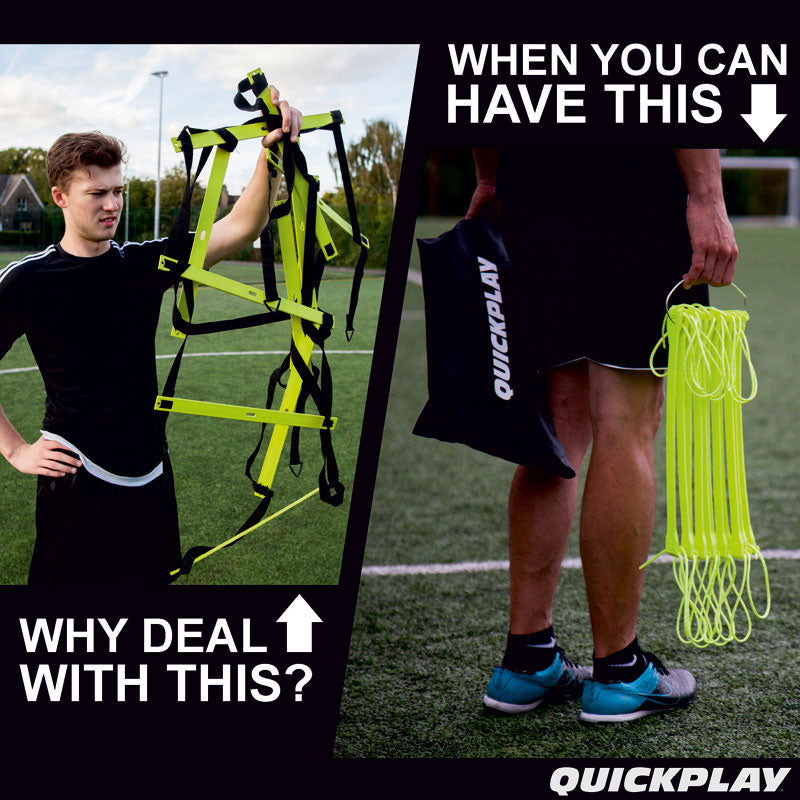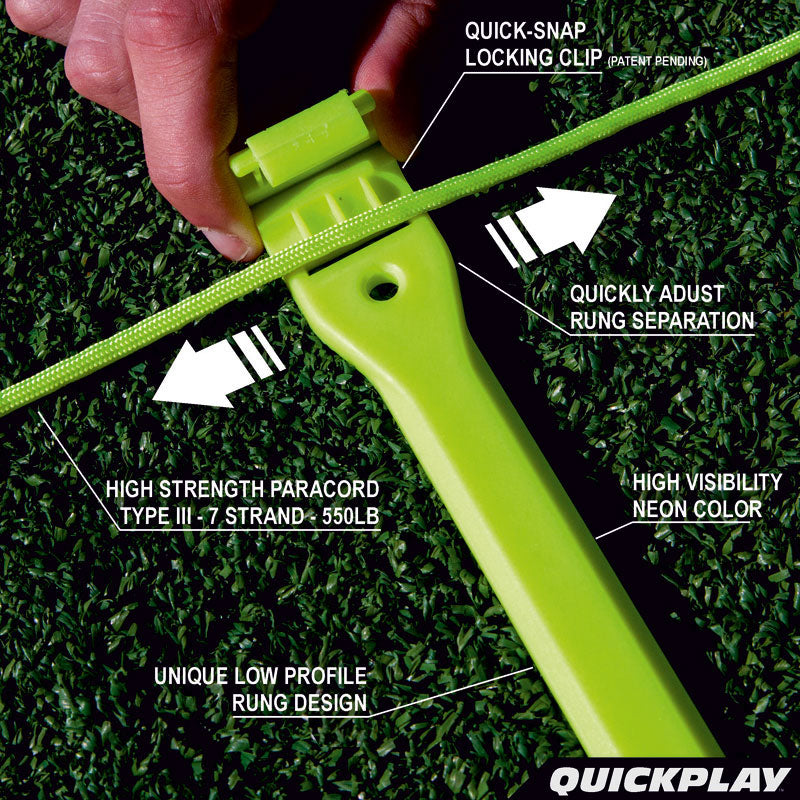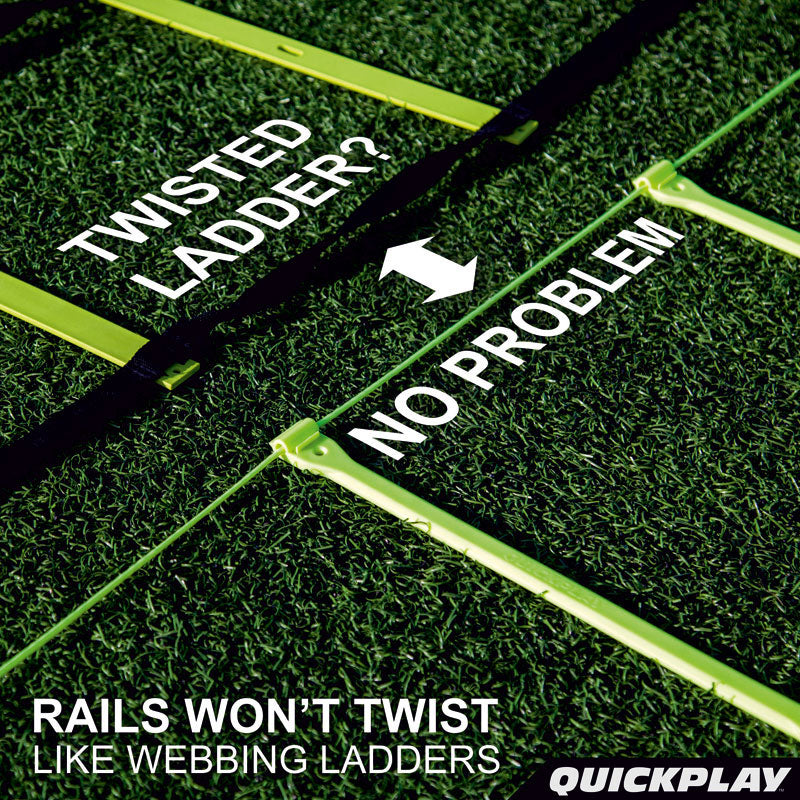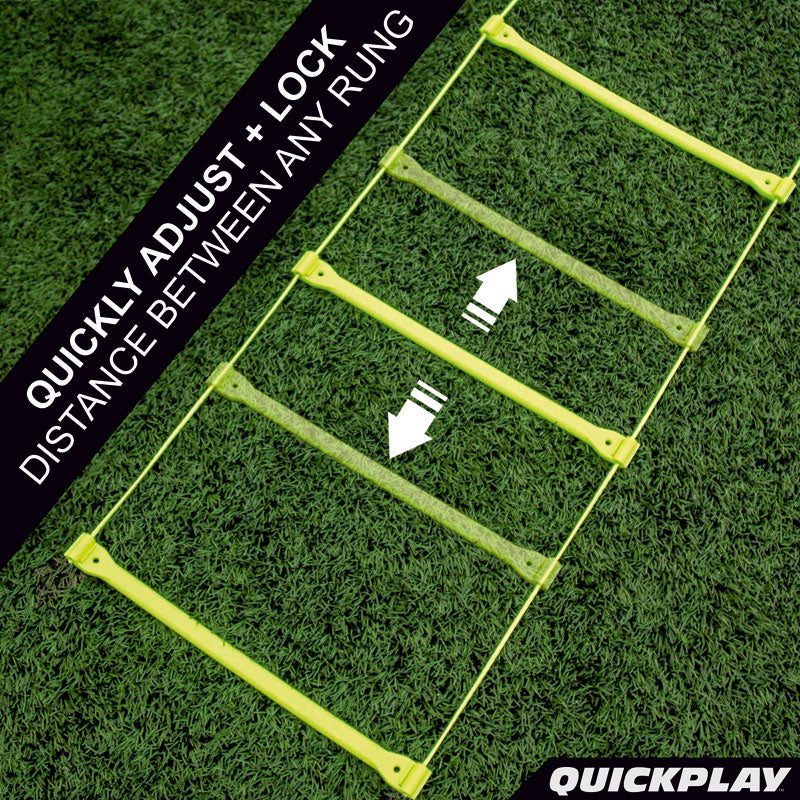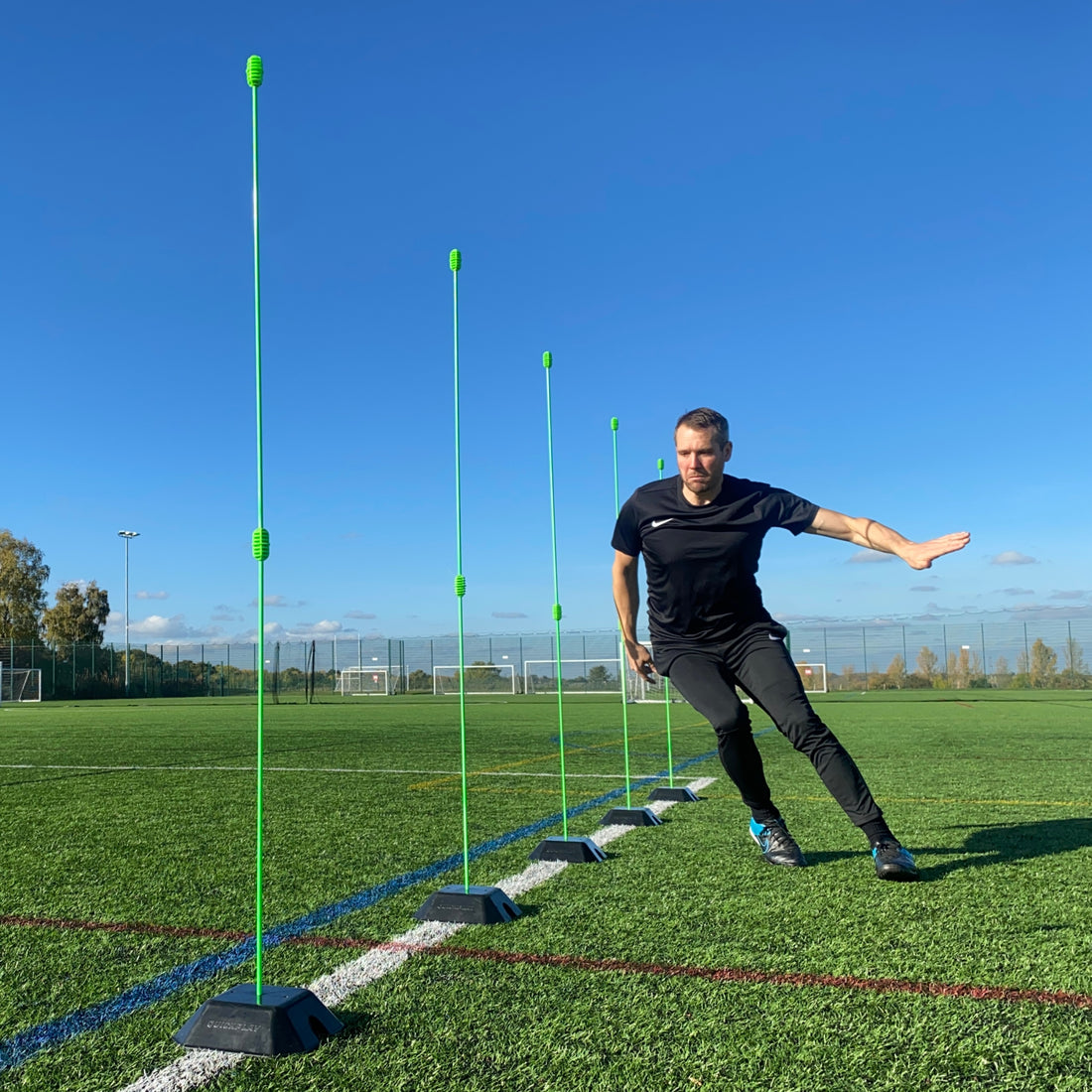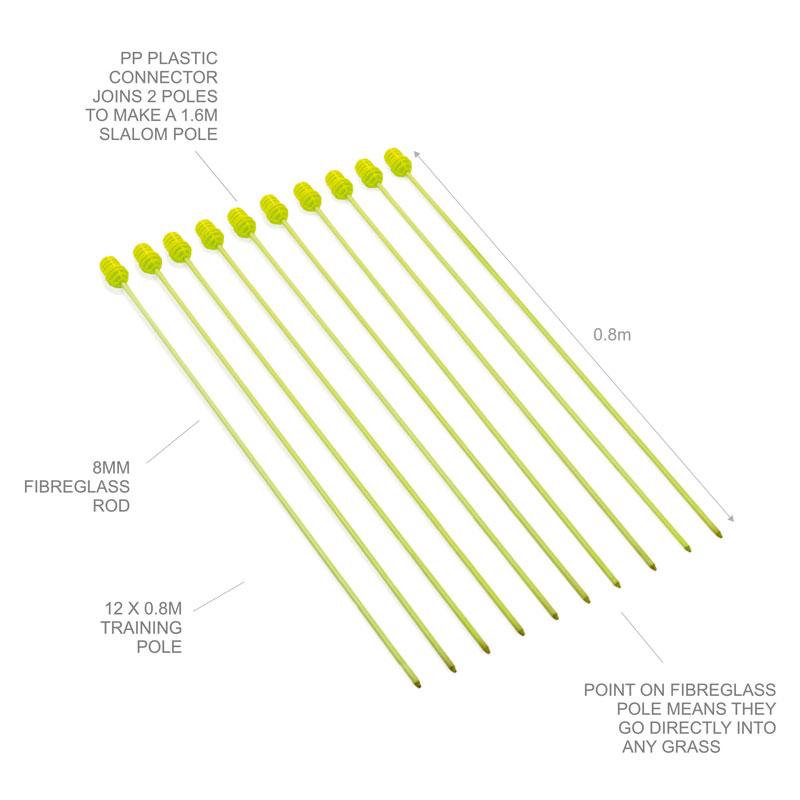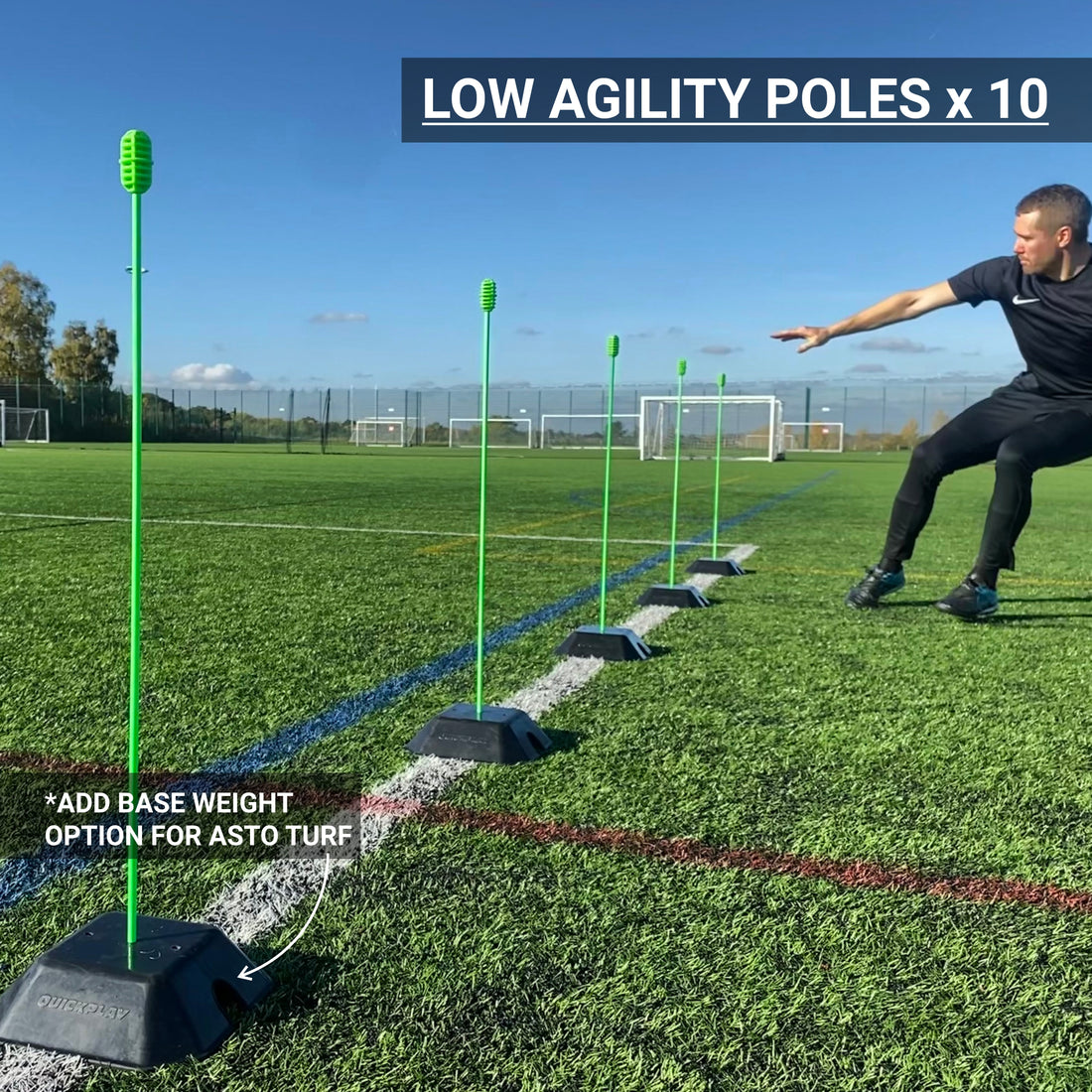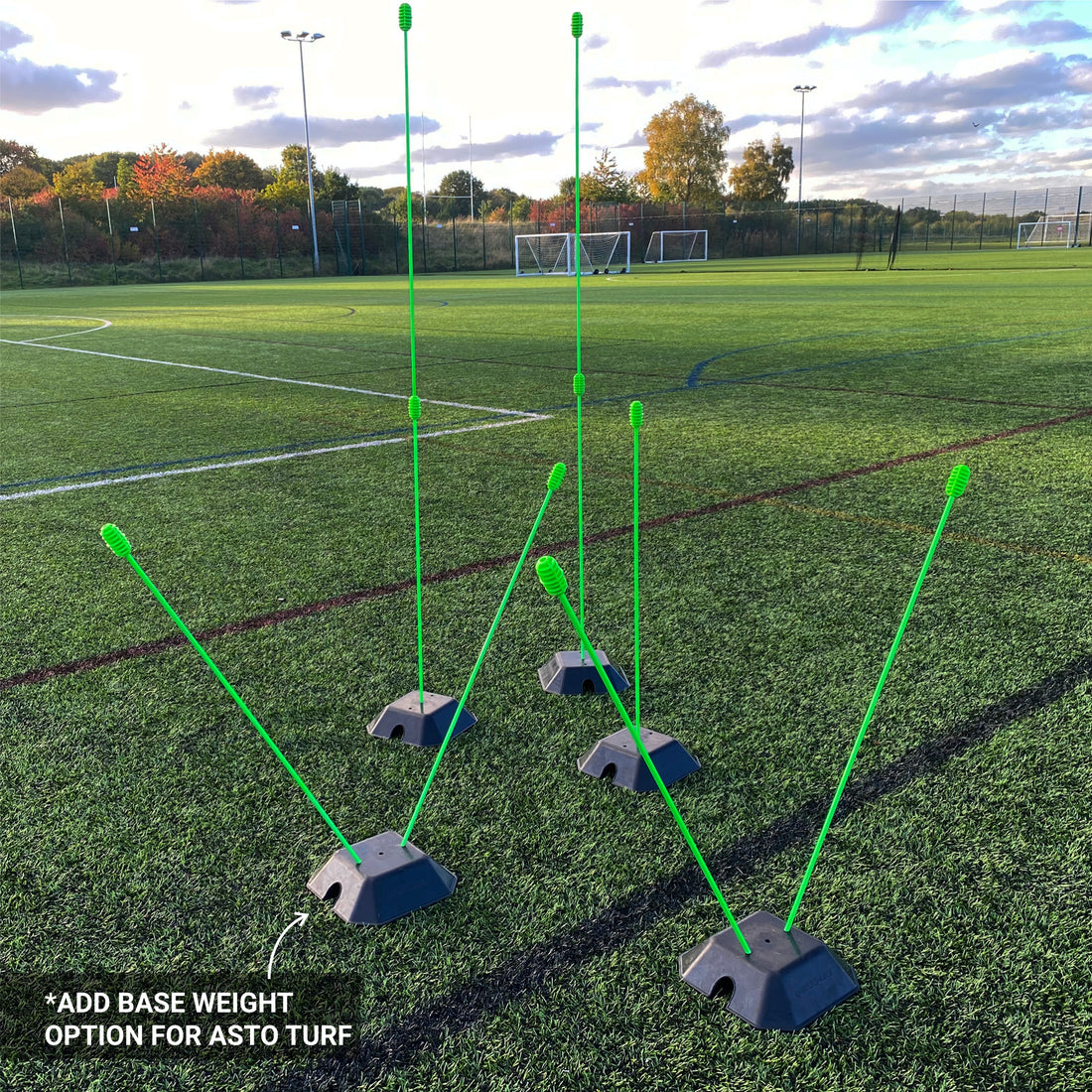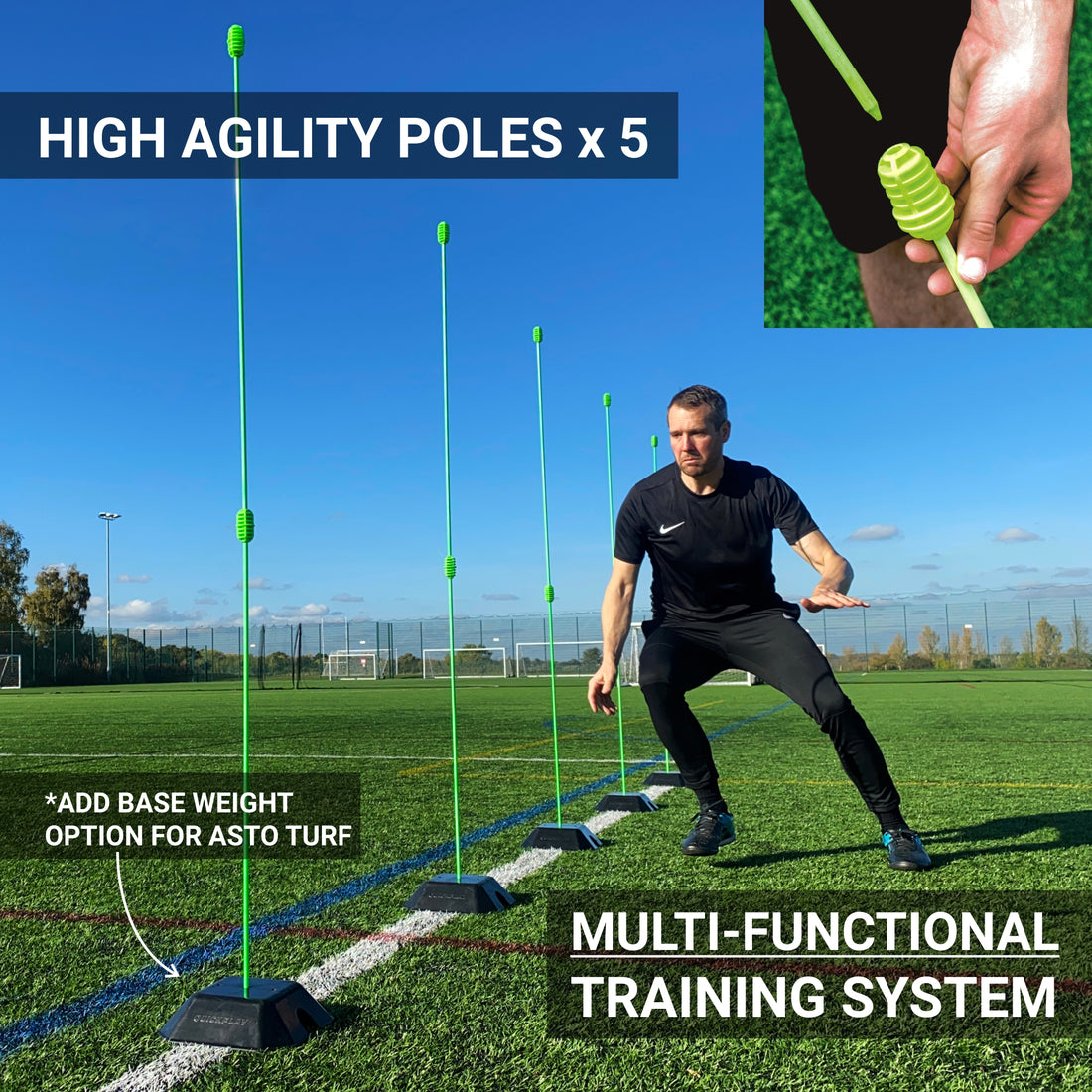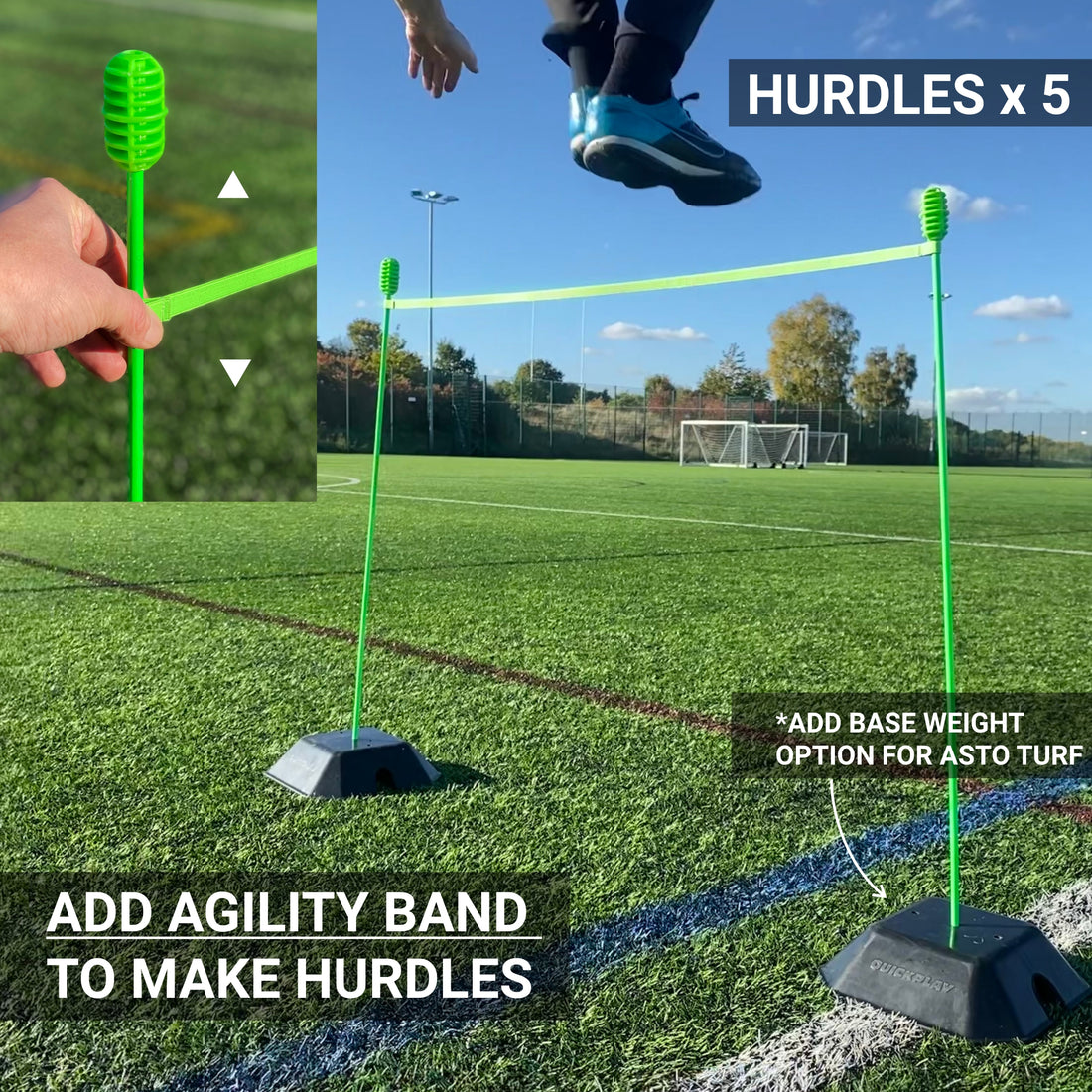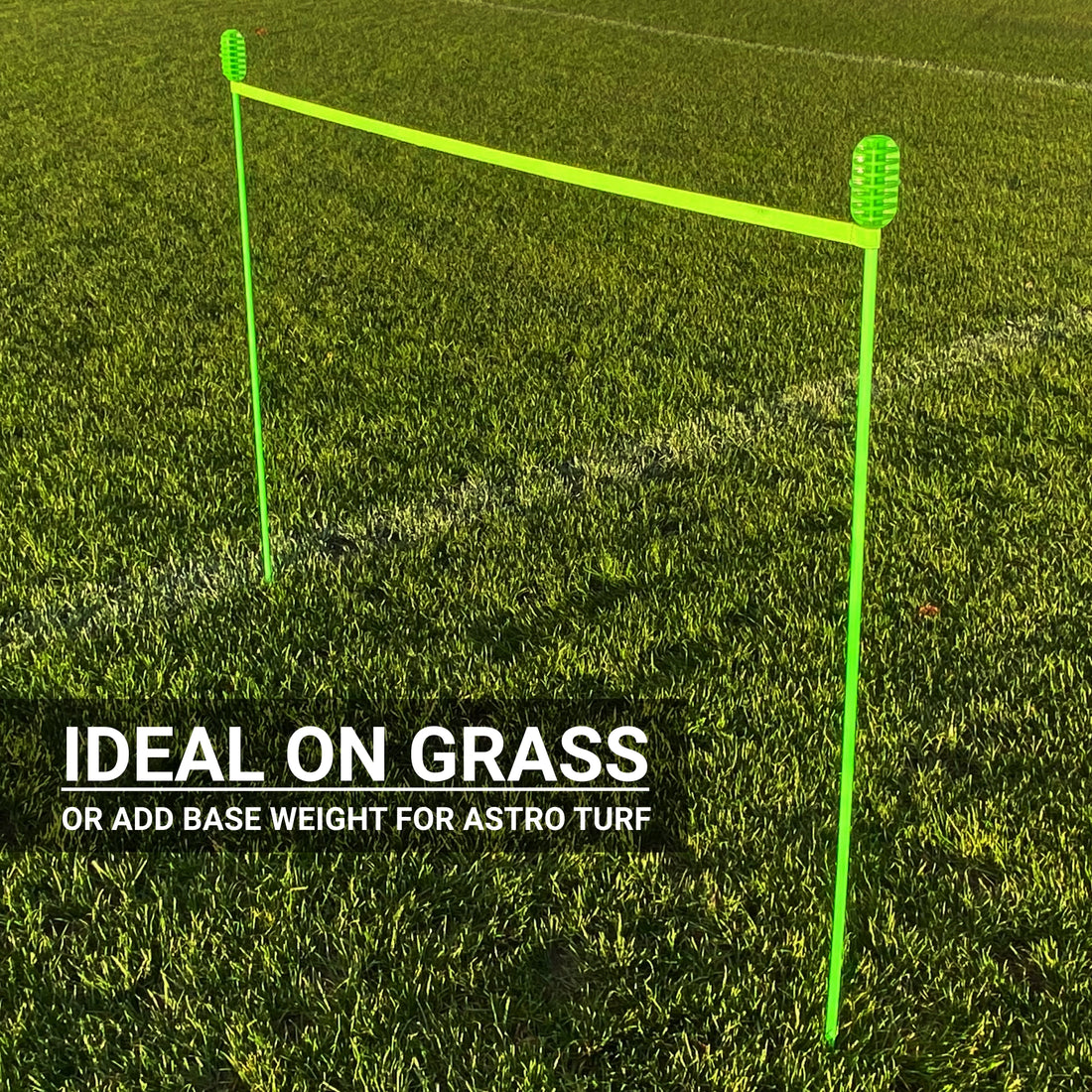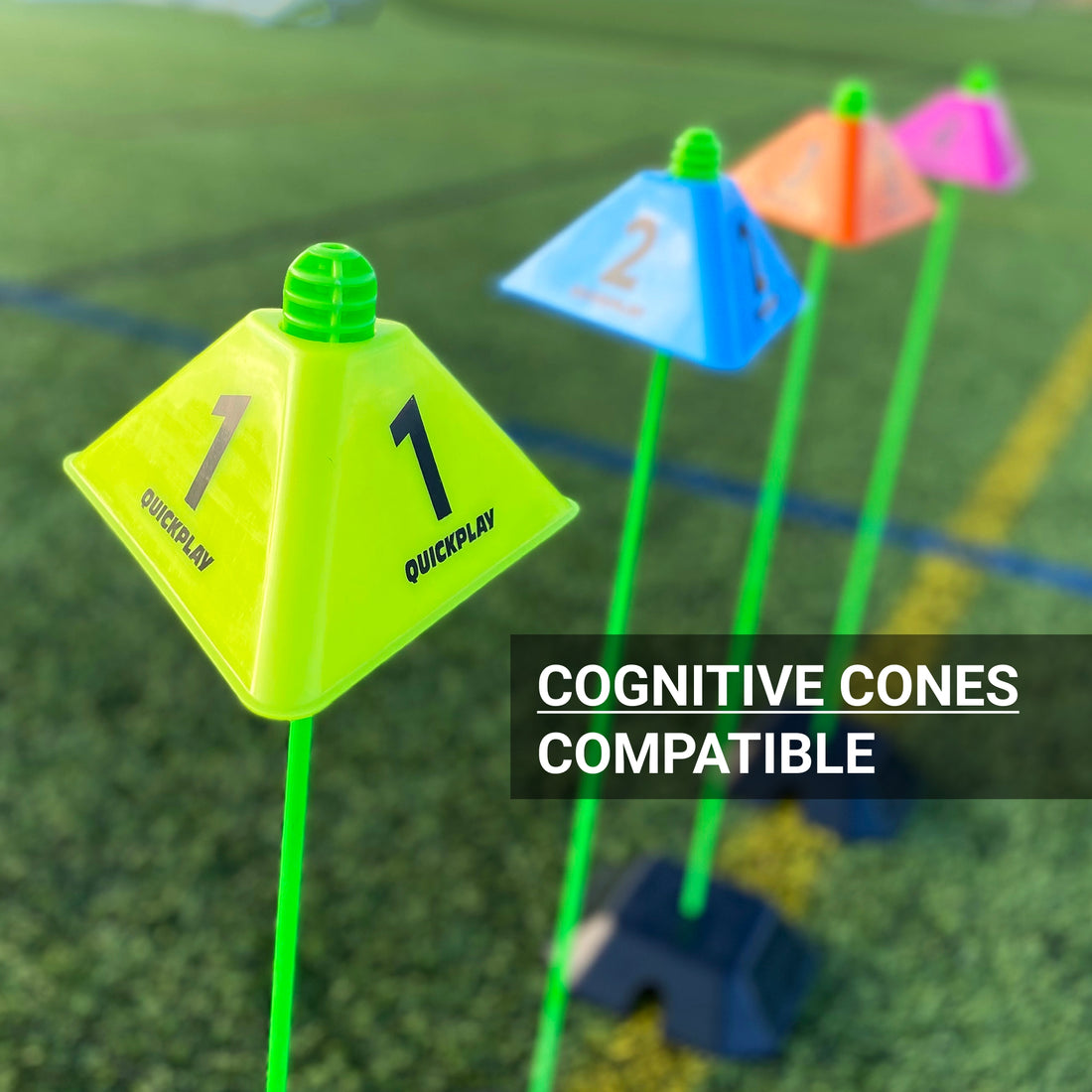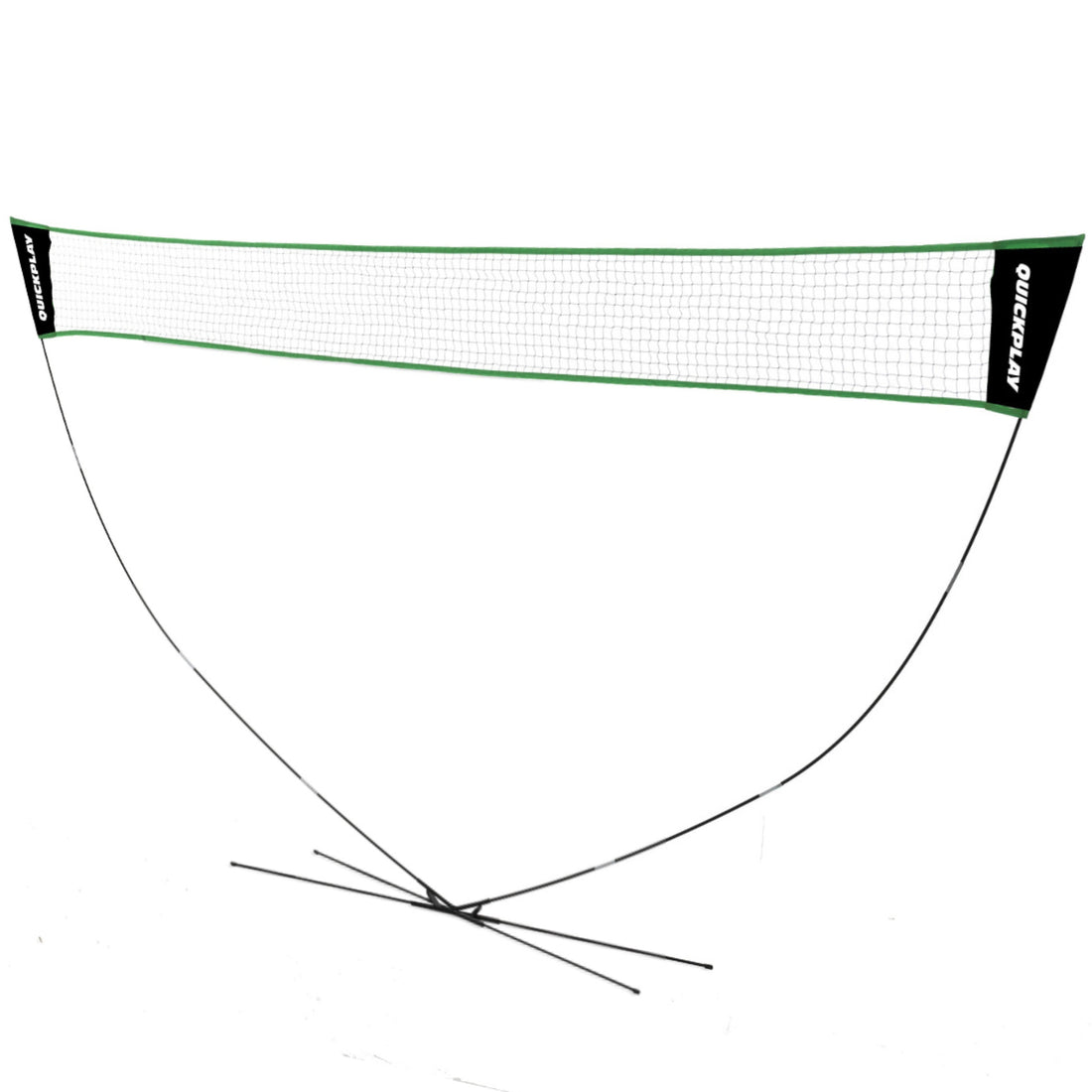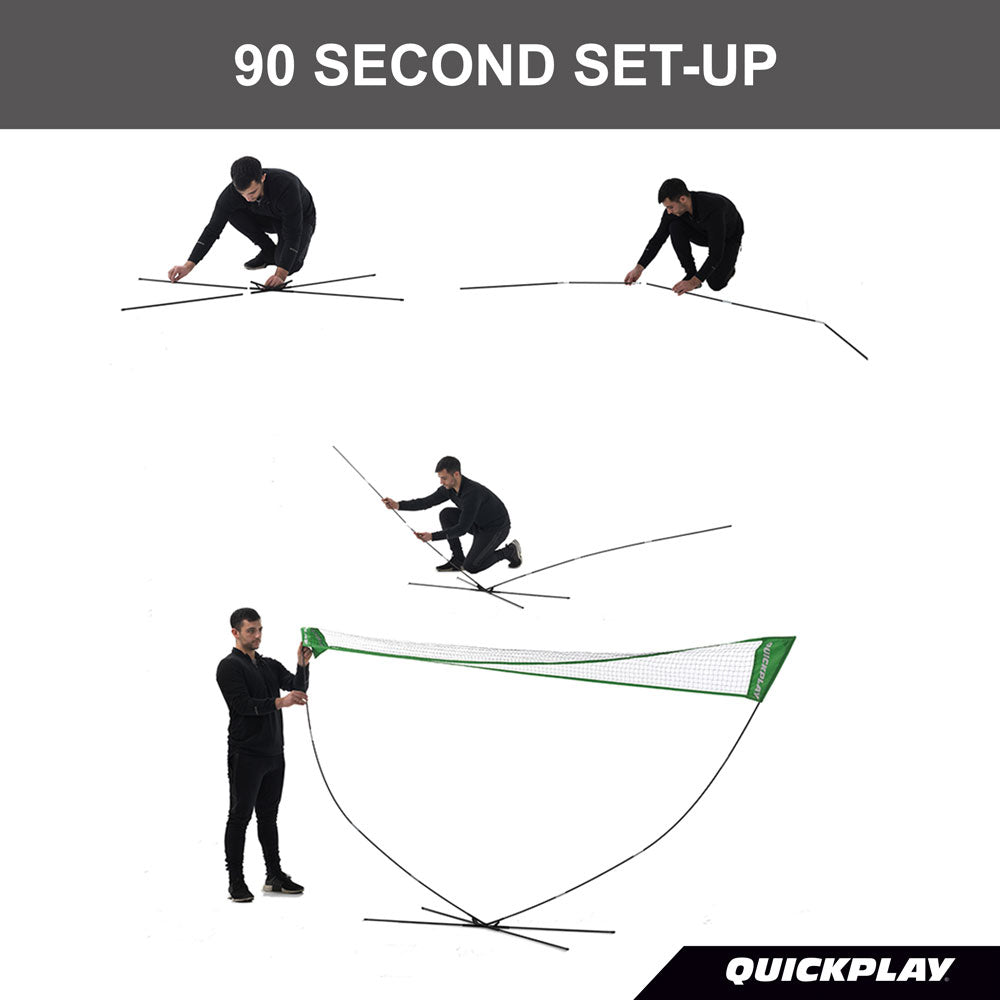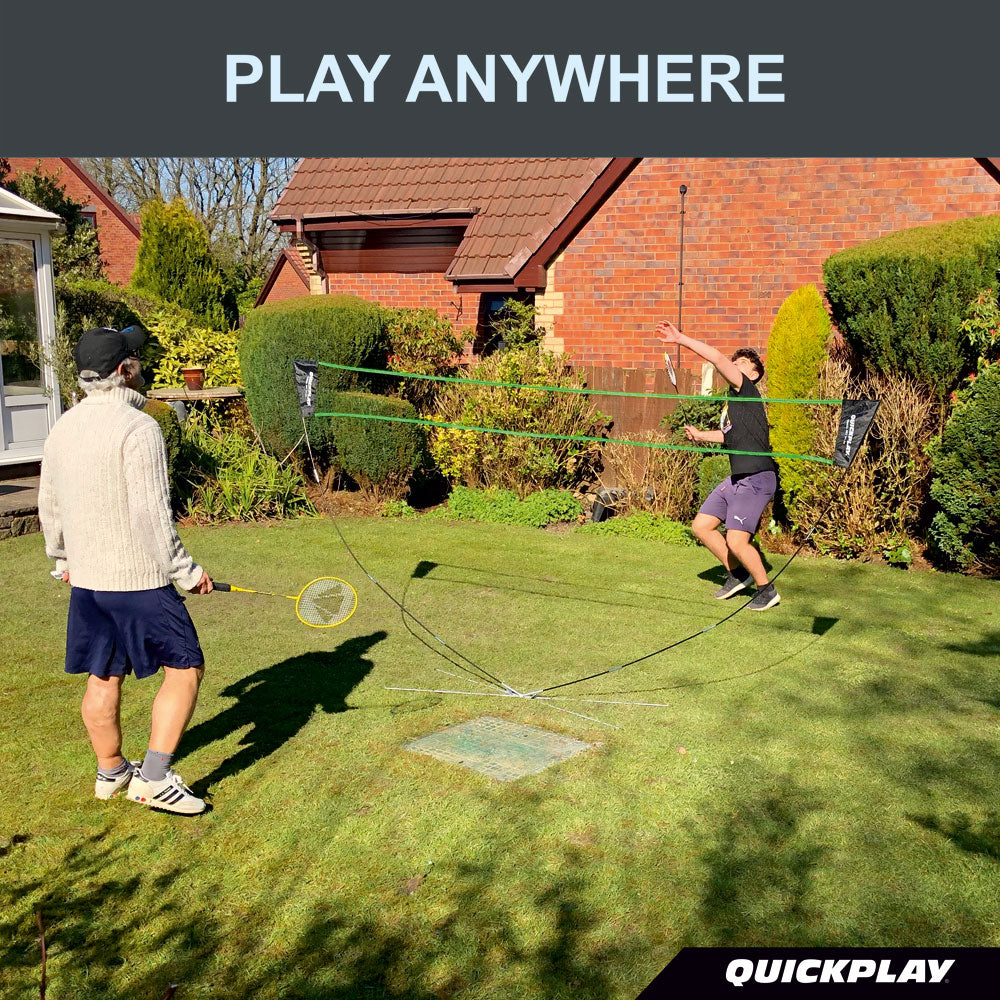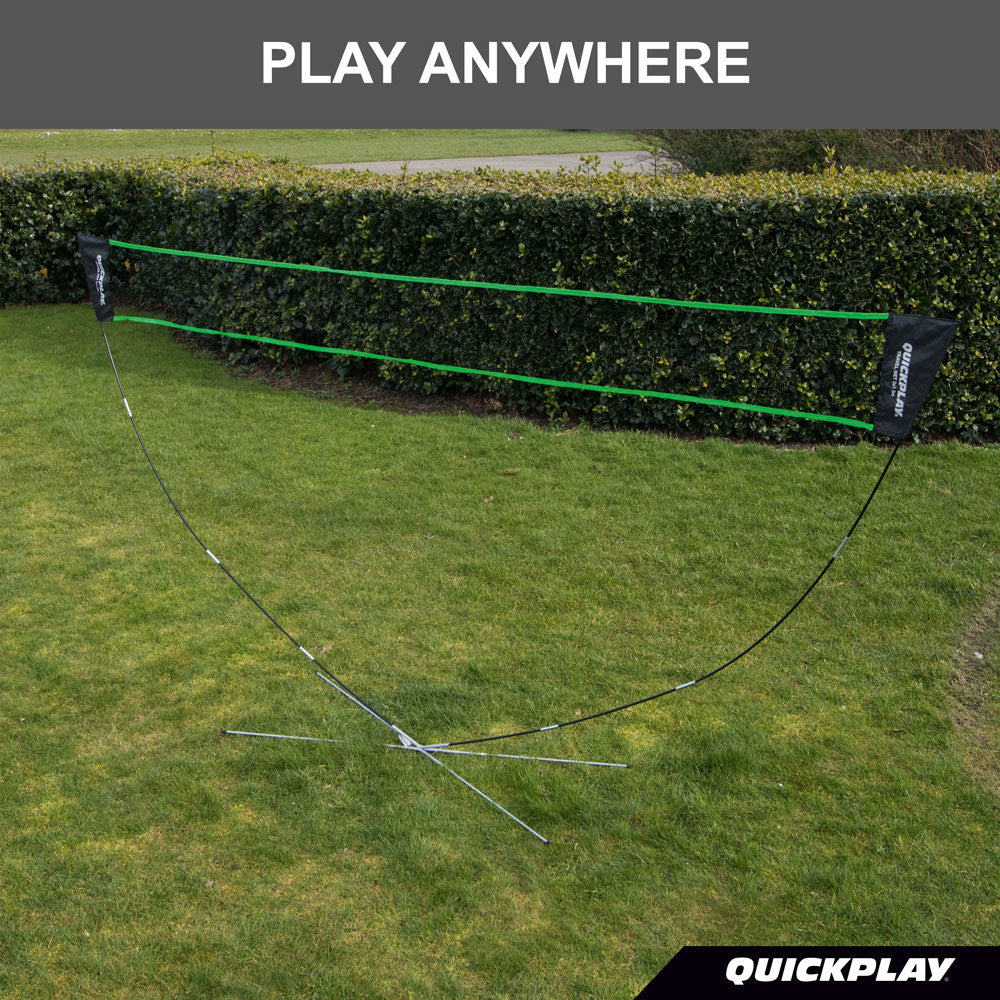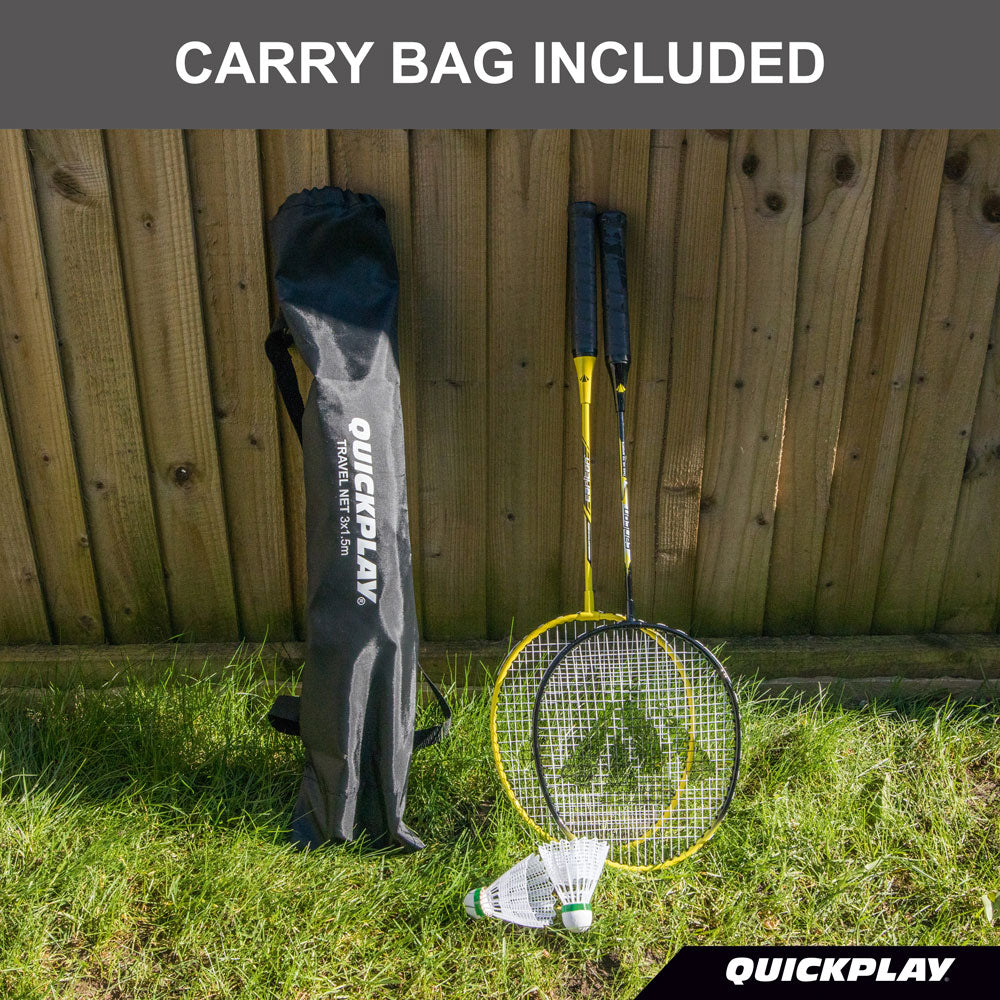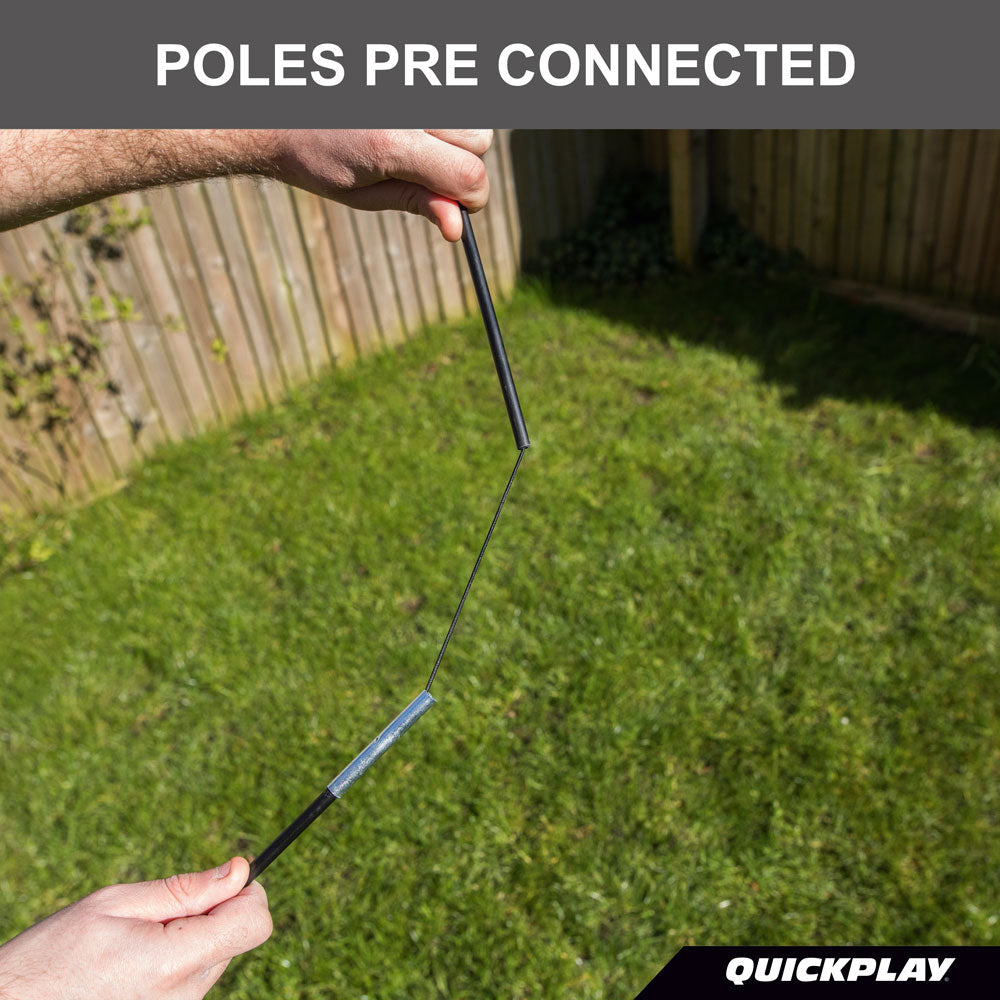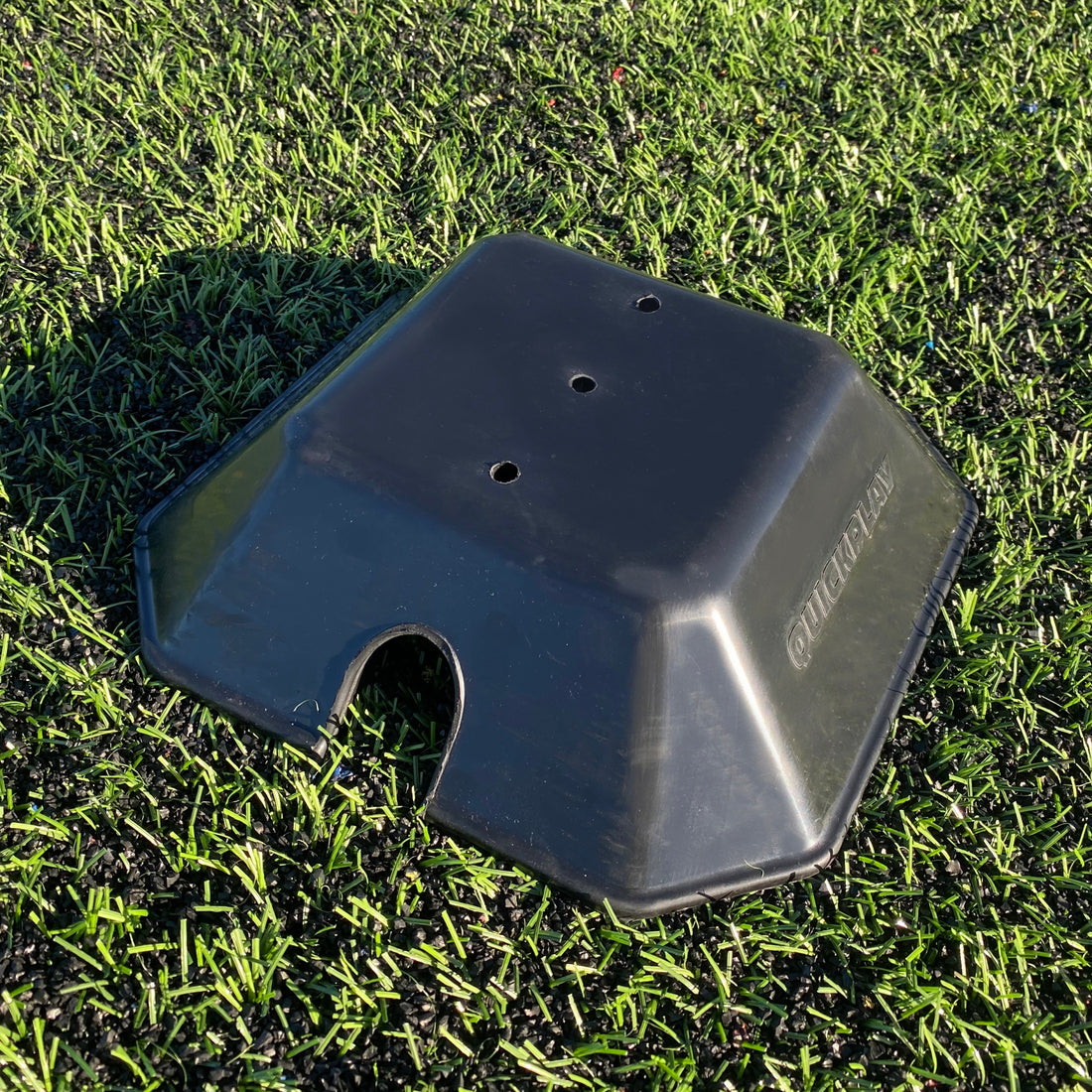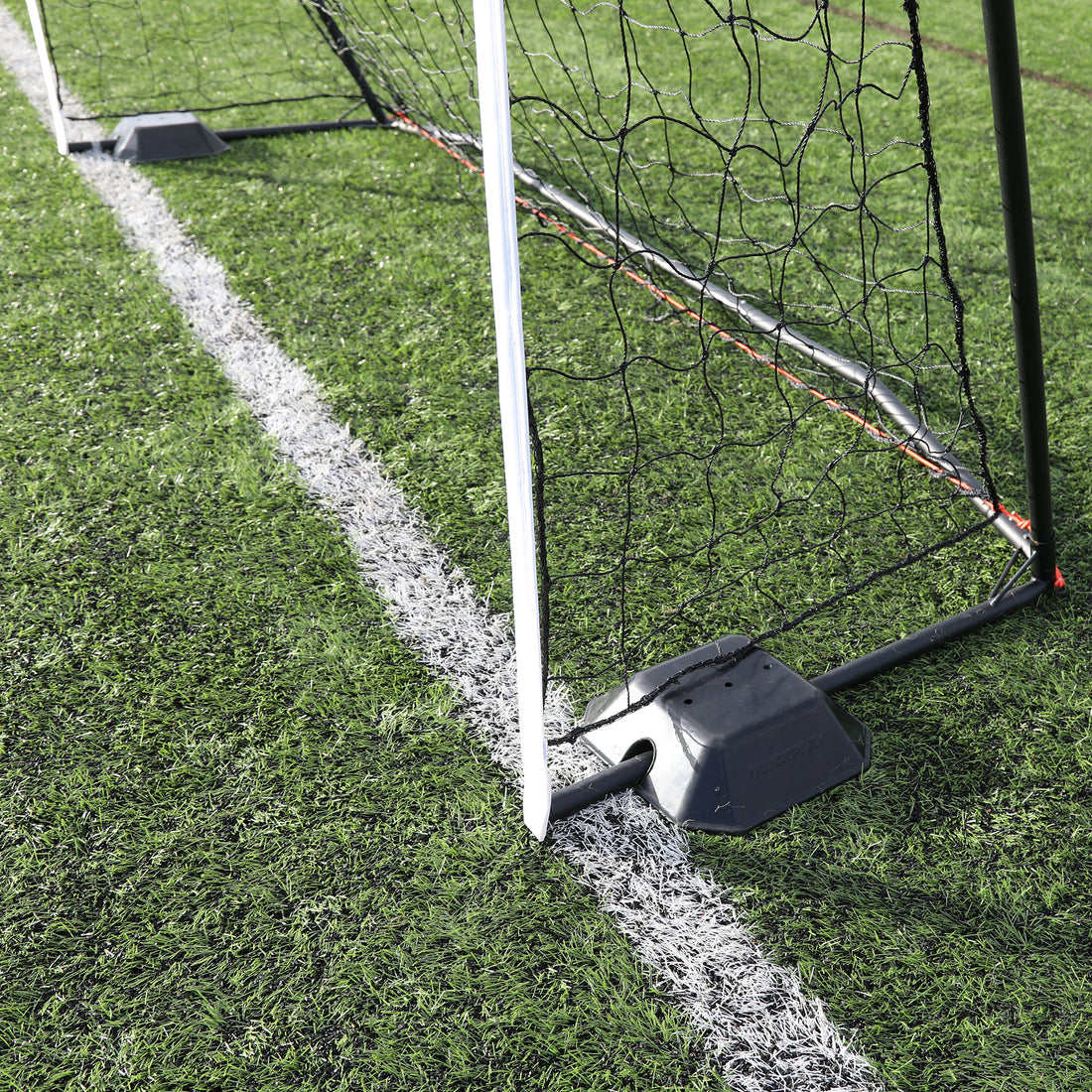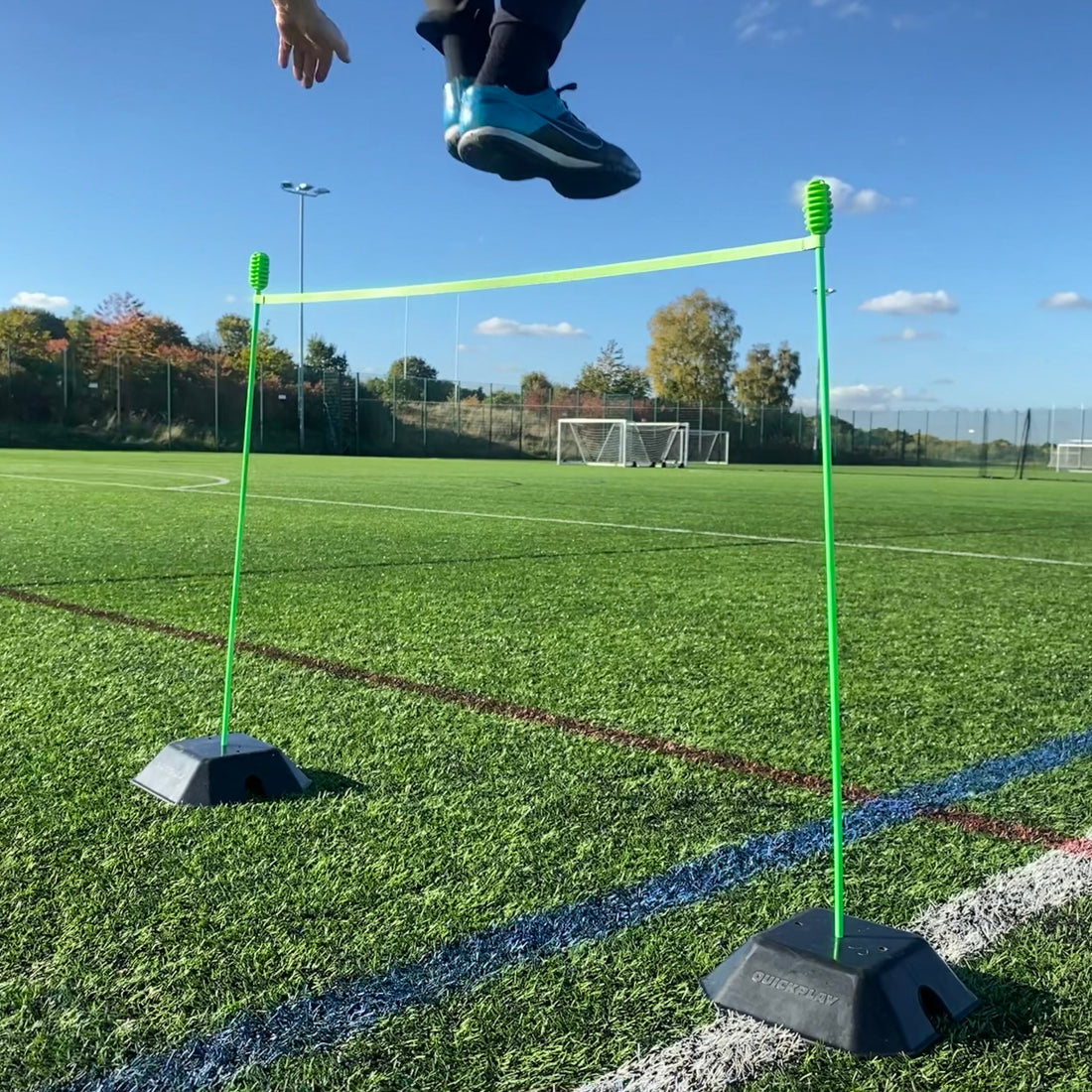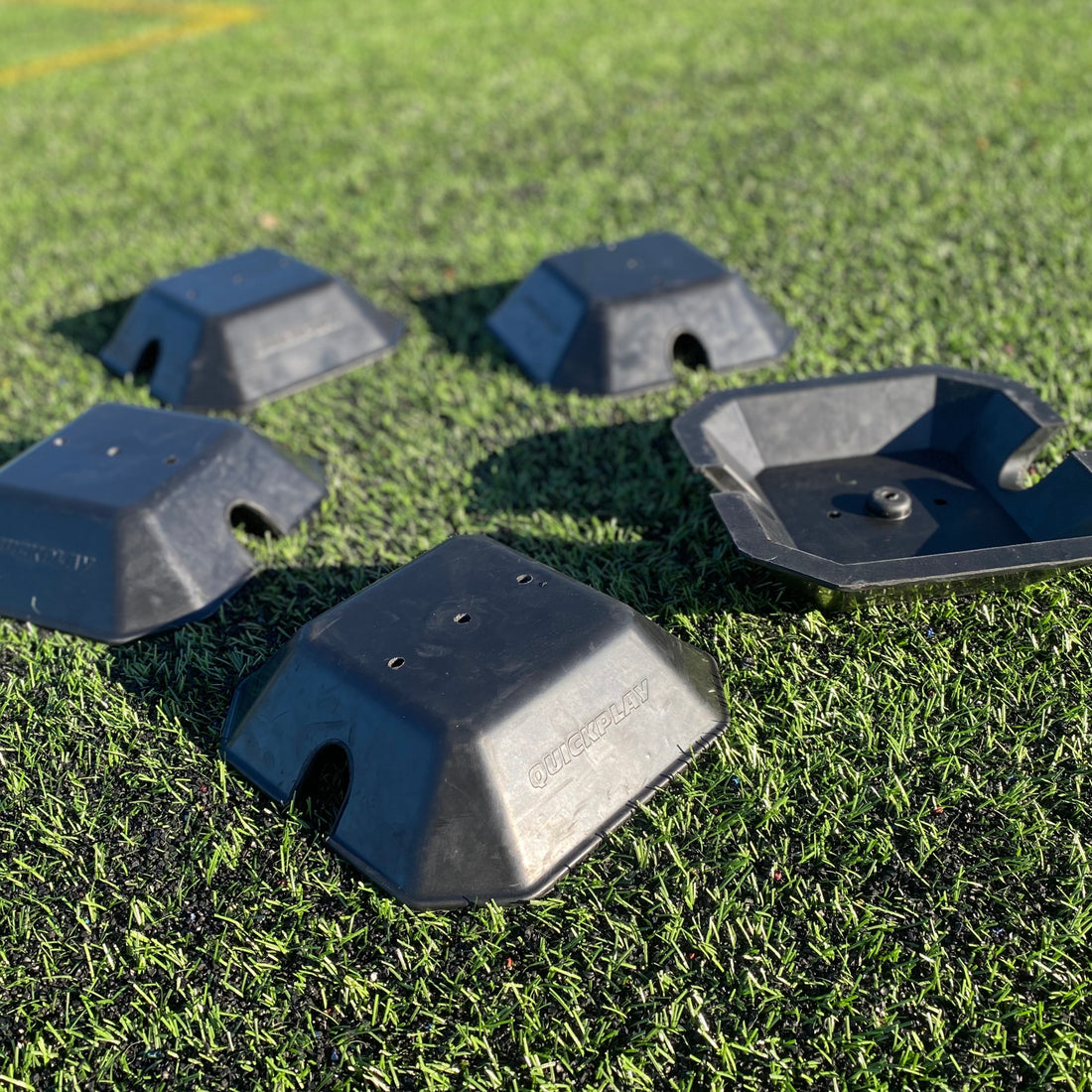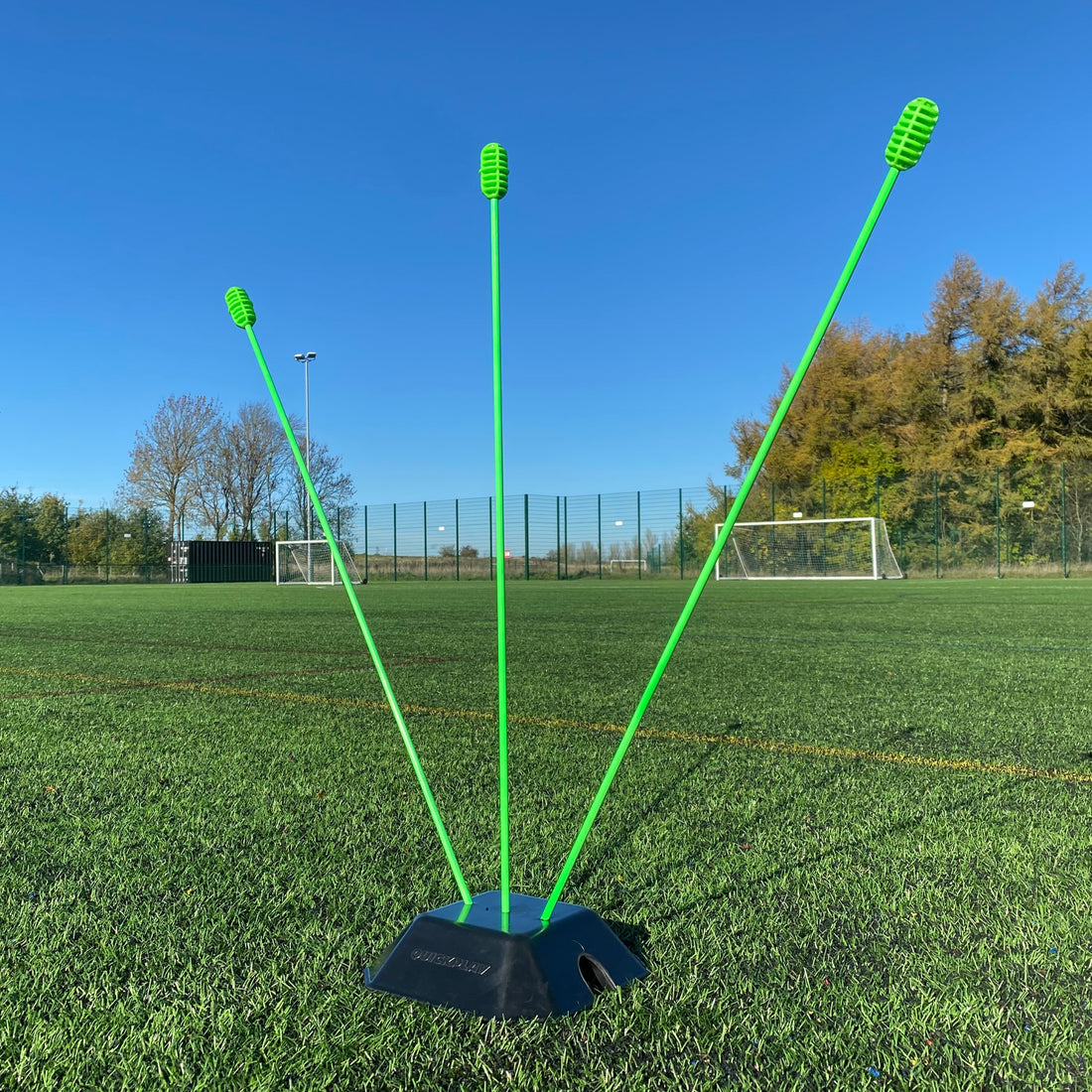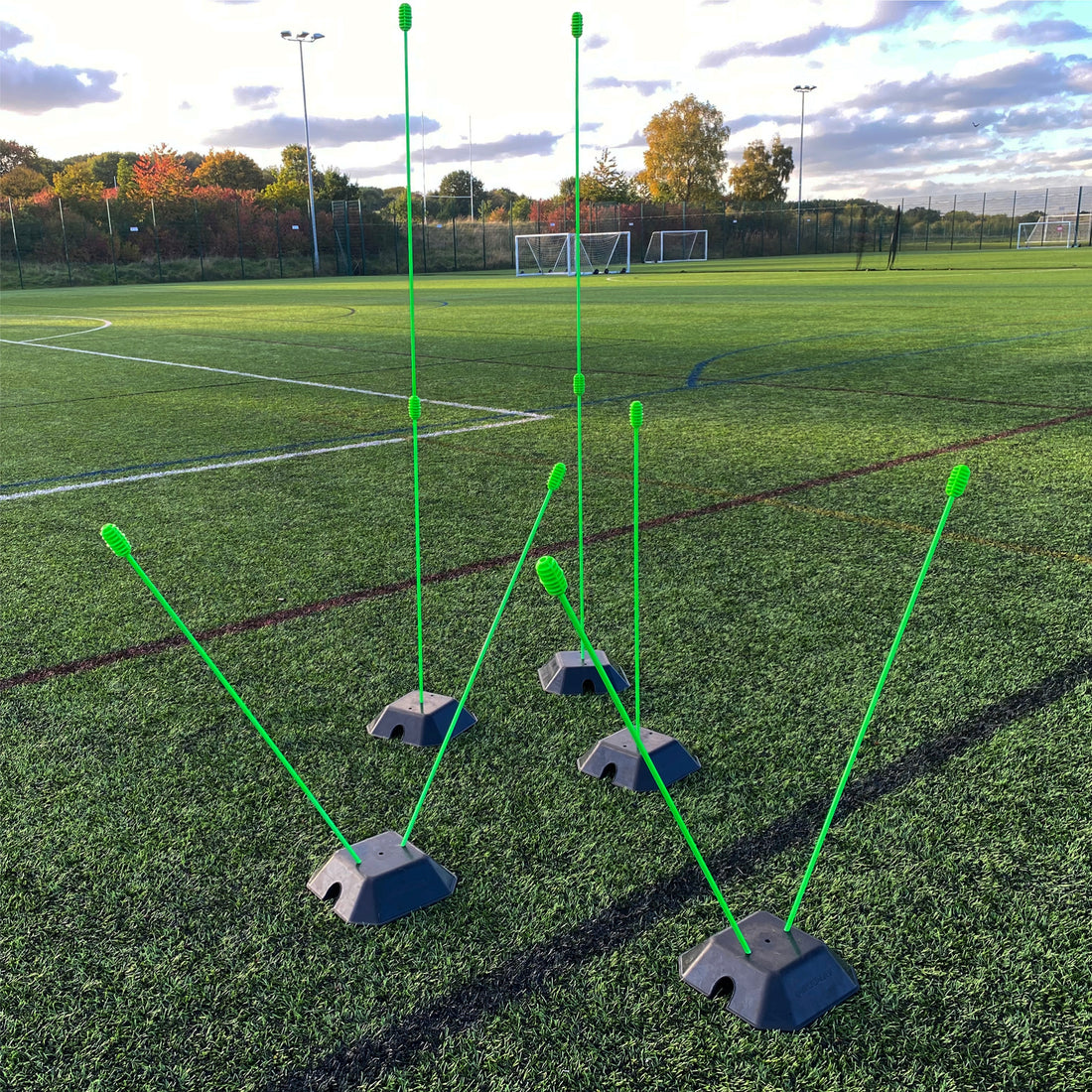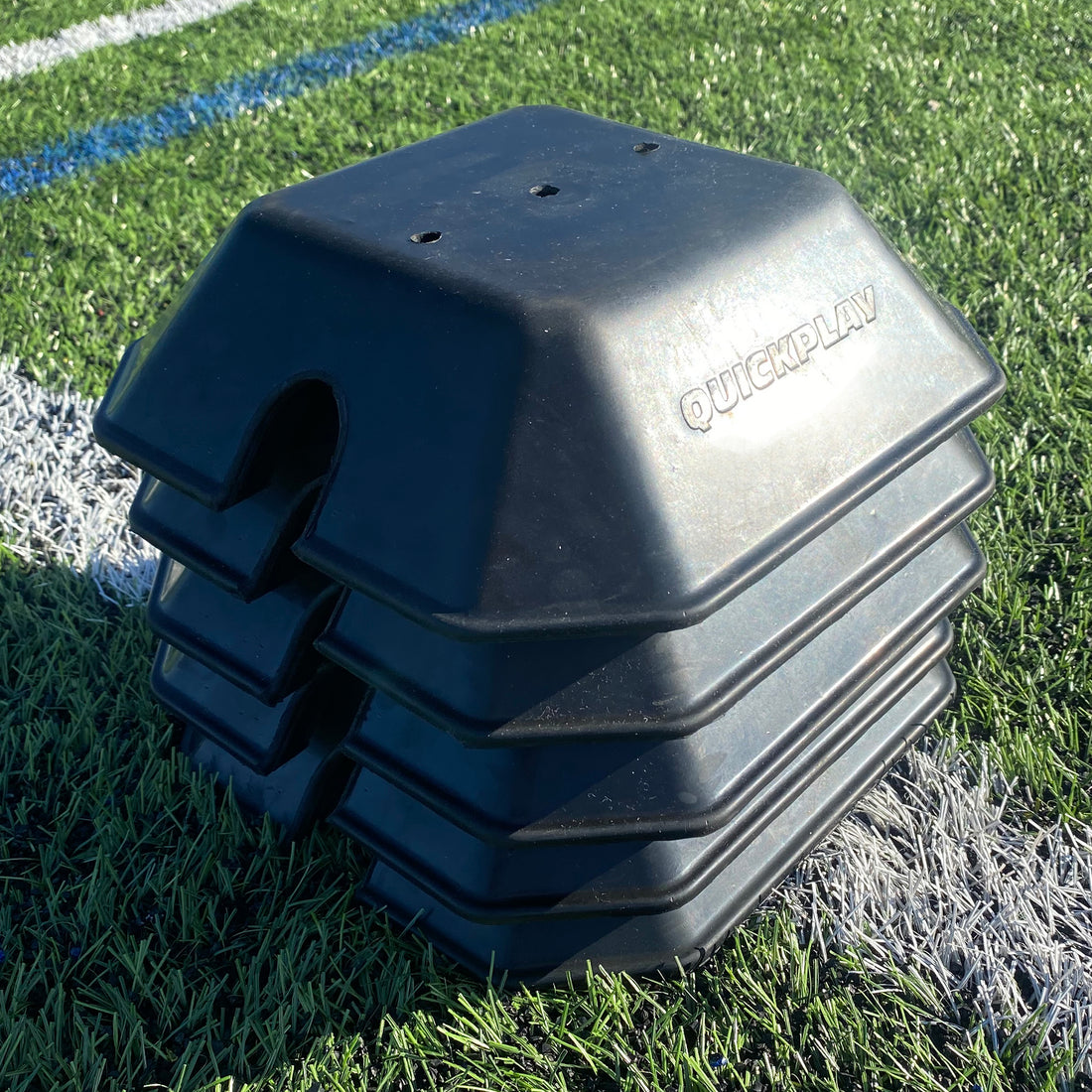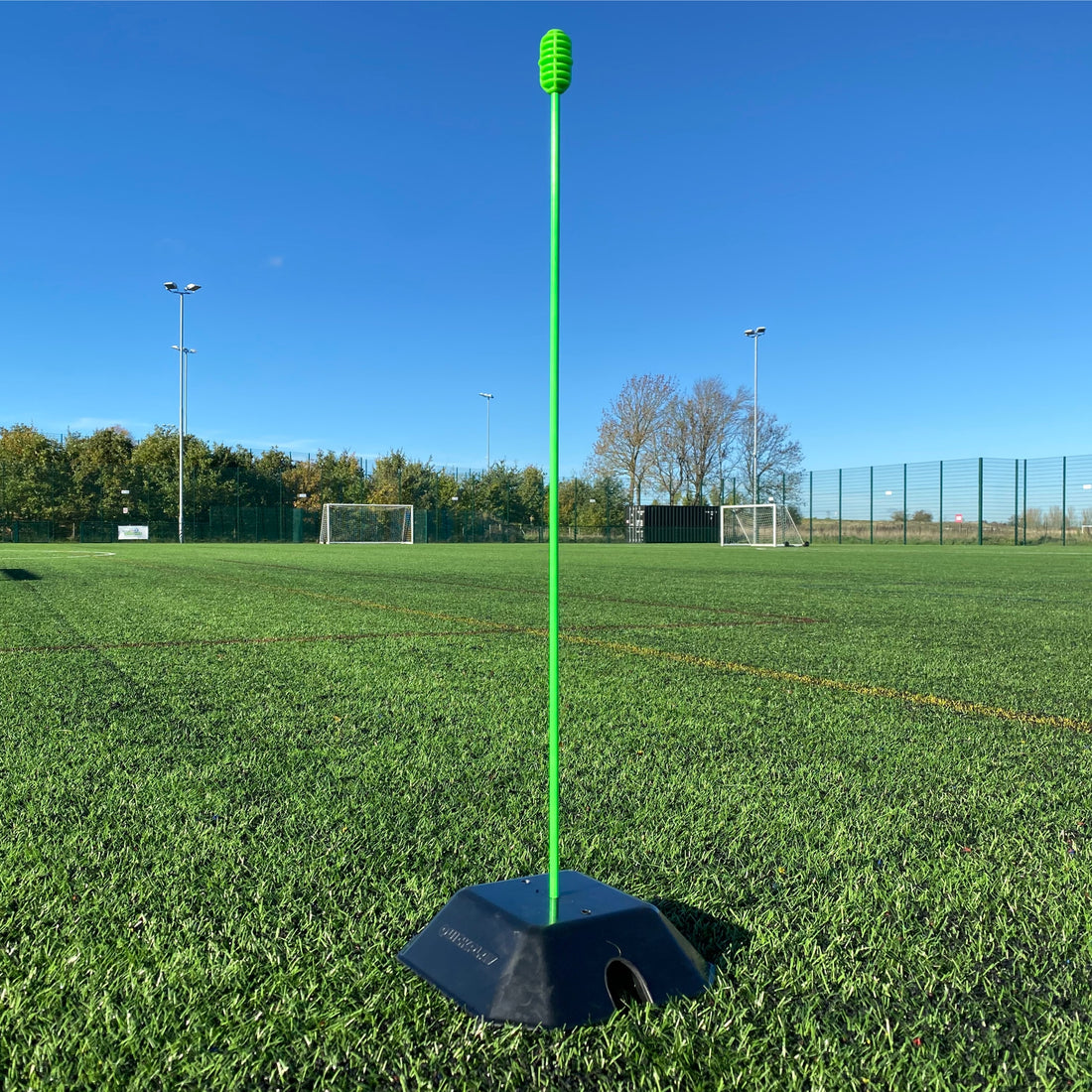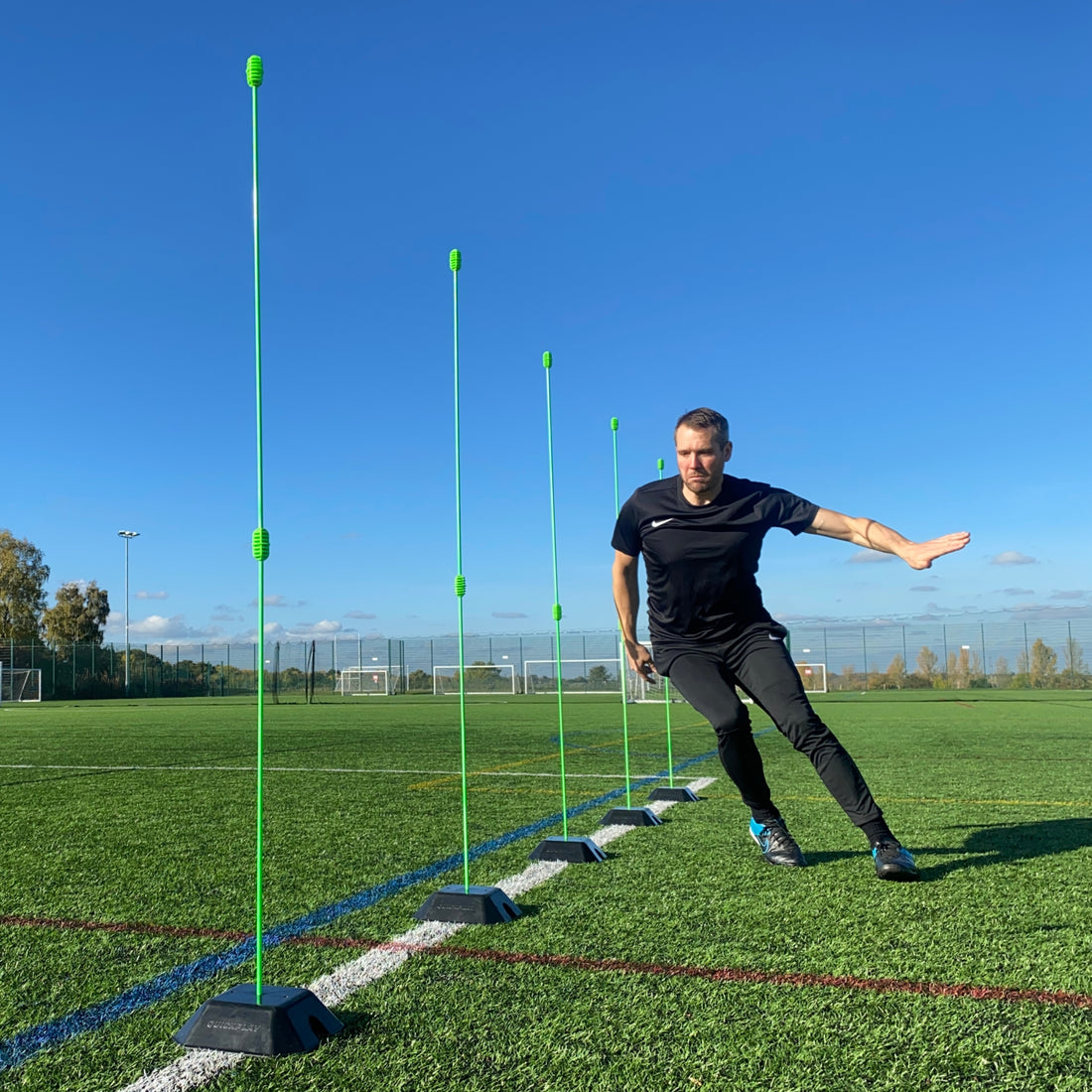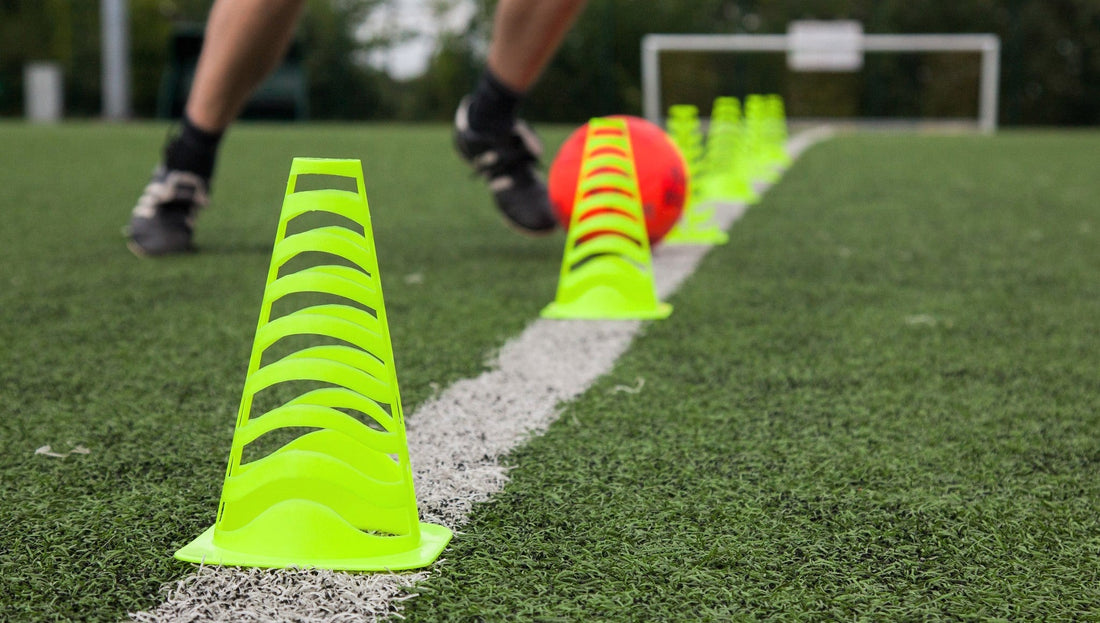
The QUICKPLAY Blog
Football Speed & Agility
Football, more than any other sport, has the ability to lift us to the highest plane of human emotional experience. The match pulsates from one end of the pitch to the other with incredible speed and superb technical mastery. There is simply no other match that can bind and unite all the world in a common language and purpose.
Being a masterful football player means doing the right thing at the right time, in the right part of the pitch, and without thinking about it. To become an elite-level football player, you must work diligently on all aspects of the match until you no longer have to look at the ball continuously, or think about your footwork or how to elude a defender and can pass or shoot effectively and effortlessly. These football-specific qualities will become habits, but only acquired through hard work and continual training.
The modern match has evolved, and the demand on the player's bodies has become even more significant. There are no longer players who are only technical or only good at one phase of the match. The modern-day football player is technical, they can read the match, but also they are very athletic and very fit. Running for 90 minutes in the heat, with all the changes of pace and long runs in transition, will naturally separate the players with those athletic abilities.
Players can develop their bodies and improve their stamina to keep up with the match's requirements, but it takes work and consistency. We will stay focused on the fitness side and exclude the discipline and dietary changes some may require.
Performance Training
This may come as a surprise, but in a 90-minute match, most players possess the ball for less than 2-minutes. For this reason, your athletic performance skill set is as important as all the other technical aspects, such as passing, shooting, and dribbling.
As a football player, you need to have a high level of speed, agility, and endurance. Because Football is a dynamic sport, it requires that you quickly change direction, accelerate, decelerate, and react to a variety of match situations. Agility helps players move efficiently and effectively on the pitch by accelerating faster, changing direction quickly, and maintaining balance while maneuvering in tight spaces. It is one of the most valuable physical attributes necessary to be a top football player. Being fast and agile will give you an advantage in nearly all aspects of the match.
Training your speed and agility can be done effectively using specific tools. My favorite agility training tools are poles, cones, and hurdles.
Agility Poles
Agility poles, also known as ‘training poles’, or ‘speed poles’, are a very useful tool for improving your football athleticism. Agility poles are one of my go-to tools because they are typically lightweight and portable and can be set up in various configurations customized to achieve the results I am looking for on that particular training day. They are also tall and can mimic an opponent, which is important because it makes training resemble an in-match scenario.
The agility pole requires you to navigate through them or around them with quick and precise footwork and smooth body control. They are fantastic for training efficient movement patterns to improve your coordination, which is crucial for football.
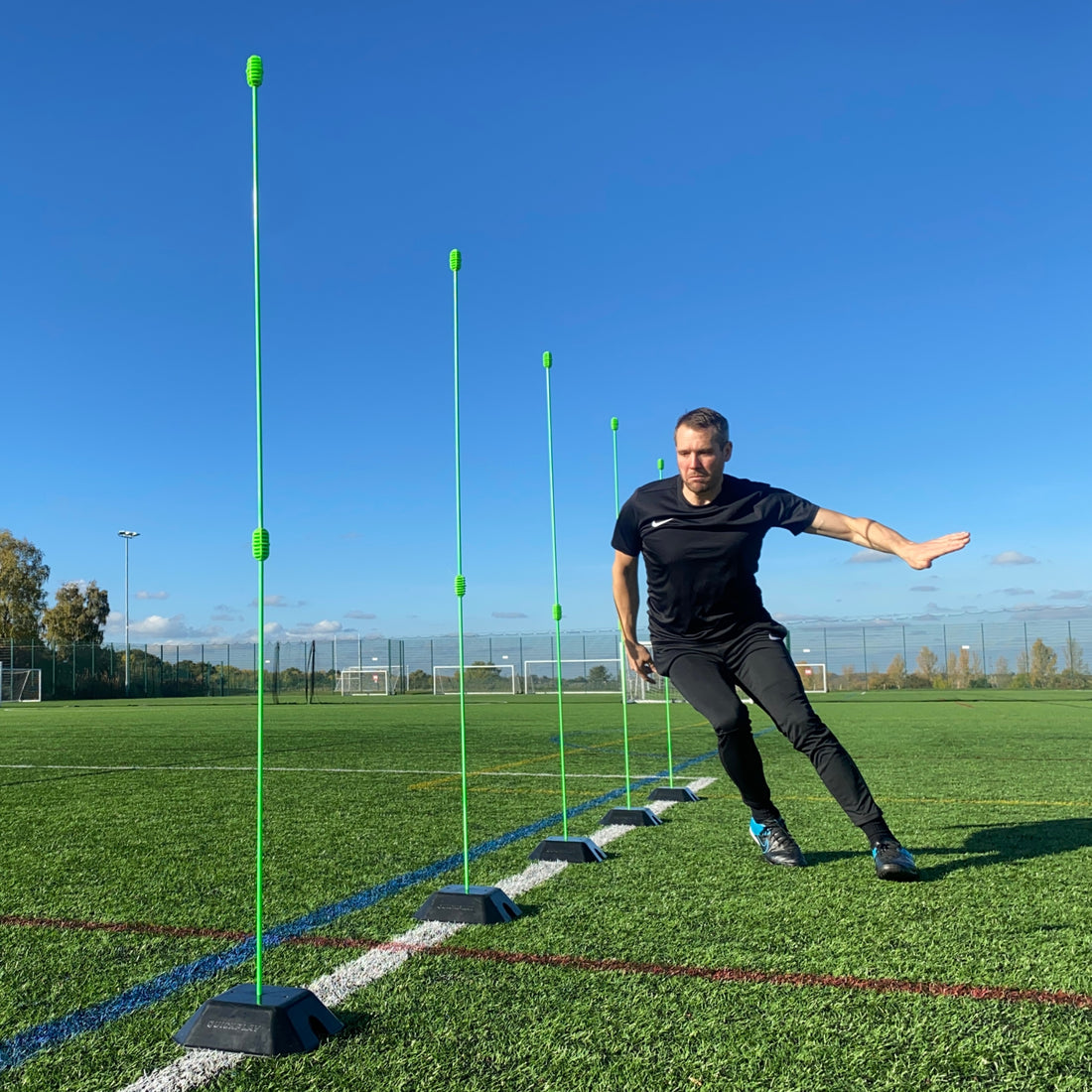
The poles can be set up in various patterns, such as zigzag or a figure 8 shape. Weaving in and out of the poles can help you develop the ability to change direction rapidly on the pitch, which is essential for dribbling past opponents or changing your running direction during a match.
Effective training with agility poles requires you to maintain balance and body control while moving quickly through the different positions. Regular training with the poles can also improve your core stability and spatial awareness.
Agility poles are also useful for helping you accelerate and decelerate. A strong acceleration is a mark of explosiveness and can be looked at as horsepower in a vehicle. The ability to decelerate with control is akin to having exceptional brakes. If you upgrade your motor, you better upgrade your brakes as well.
Cones
Cones are a staple tool for coaches. They are lightweight, portable, and easy to set up and take down. They are very effective markers to enhance your football agility and overall athleticism. However, unlike agility poles, they are usually short and do not mimic the height of a player.
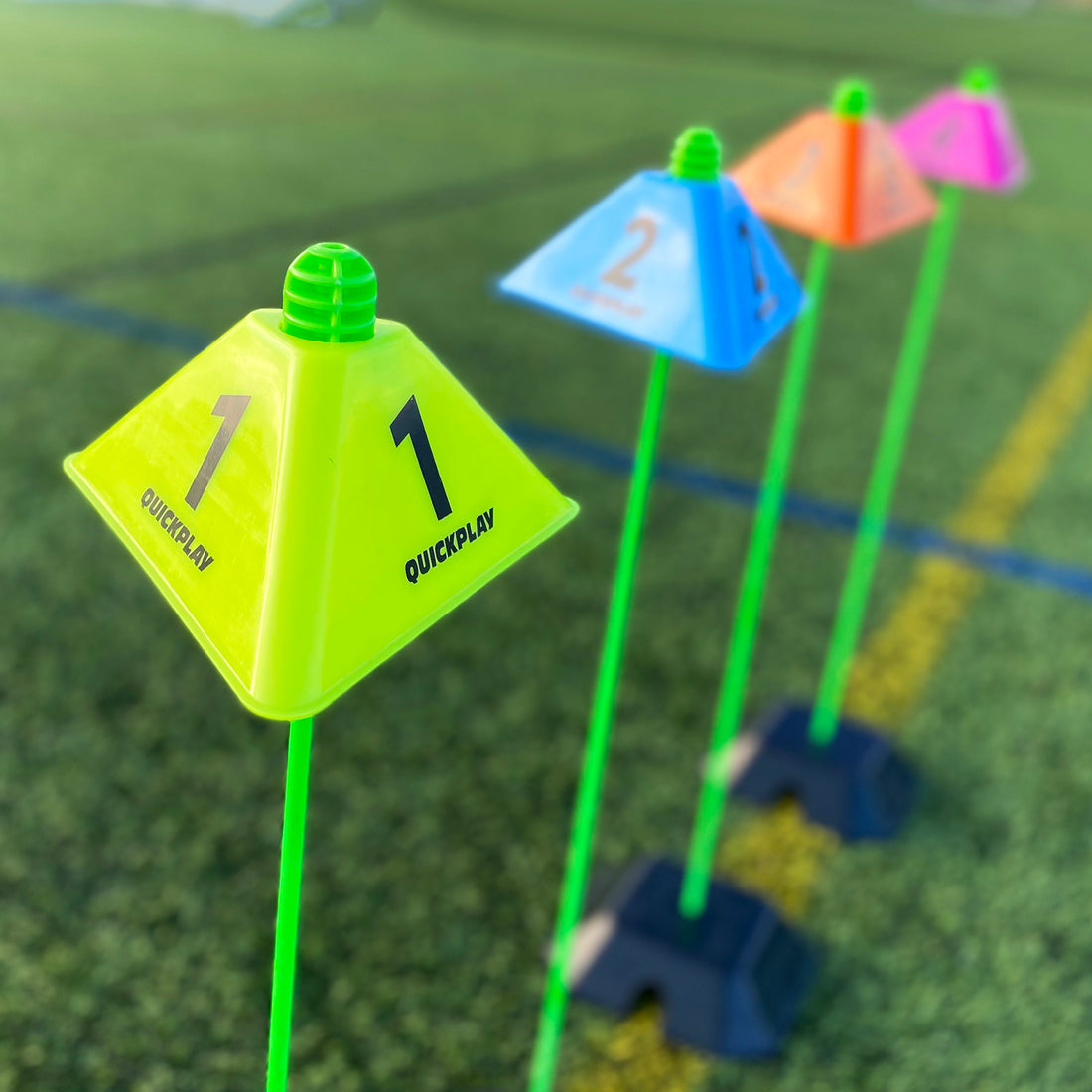
There are several different types of cones. They come in many sizes and shapes, and many have other features as well. I recently found some very interesting cones called ‘Cognitive Cones’. These were designed to help you train your physical and cognitive skills simultaneously. As we know, when the brain and body work together, it is a beautiful thing!
Hurdles
Hurdles are an essential tool to promote lower body strength, stability, and power, along with rhythm, and coordination. Hurdles allow you to train explosive power through plyometrics without needing heavy weights.
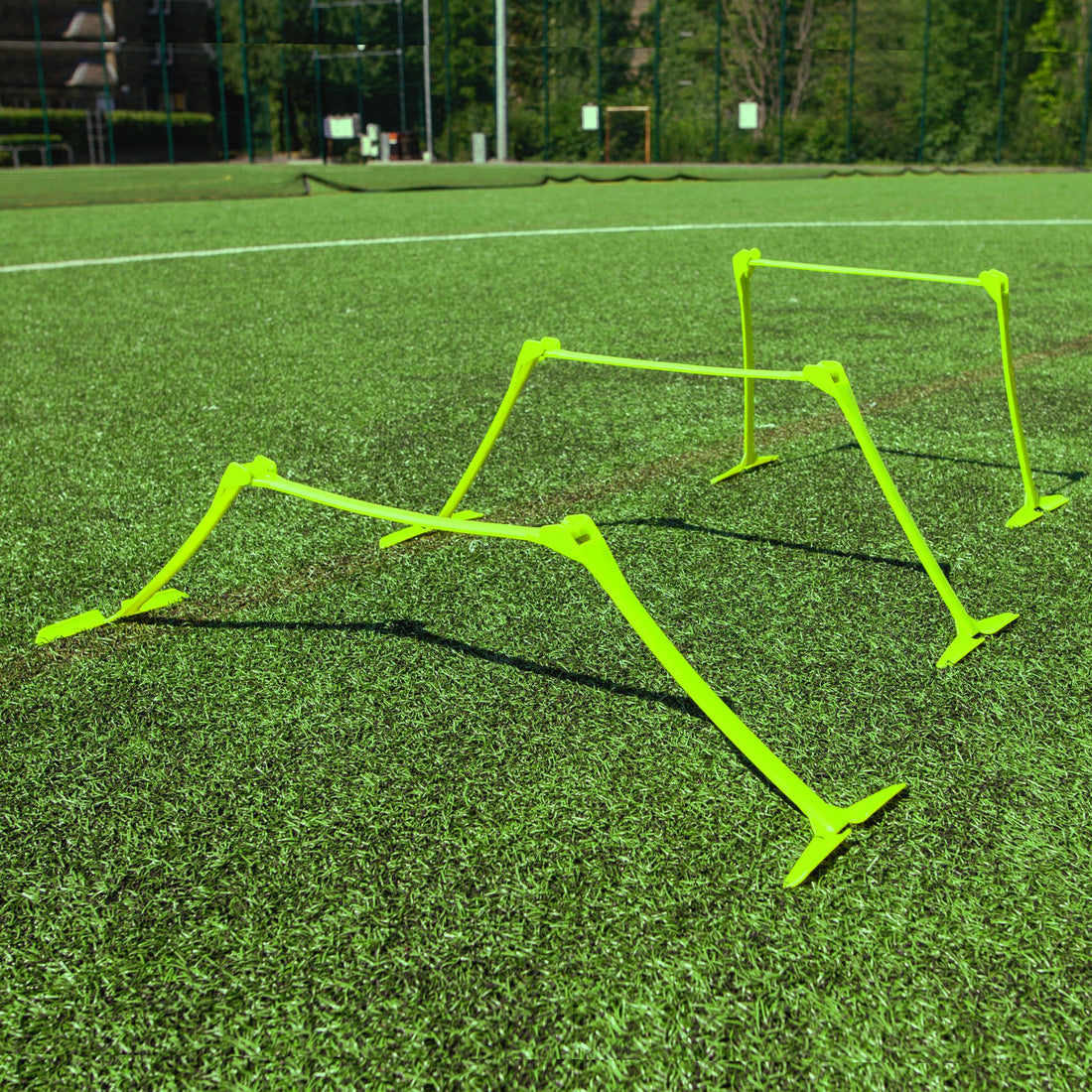
Incorporating a variety of exercises and drills, such as hurdle drills, cone drills, agility pole drills, and small-sided matches, can also contribute to your overall agility and performance on the pitch.
Coach Cummings Tool Box
The best agility training system I have found is the Pro Speed and Agility Set by QUICKPLAY. It is a multi-use training set that gives you unlimited training options.
The gear is bright neon, which makes it easy to see in all weather conditions.
The cones have a slotted design, which allows them to compress if stepped on. This is an important feature for avoiding injury. The slots can also be used to hold the agility poles to form hurdles. I use the cones as targets, for routes, or to mark distances during my training sessions.
The agility poles are designed to work on grass and are 35” long, but can be connected together to double their height to mimic players. The poles can also hold the Cognitive Cones I mentioned earlier to train your cognitive abilities. Elevating the cones on the poles helps you keep your eyes up and not glued to the ground.
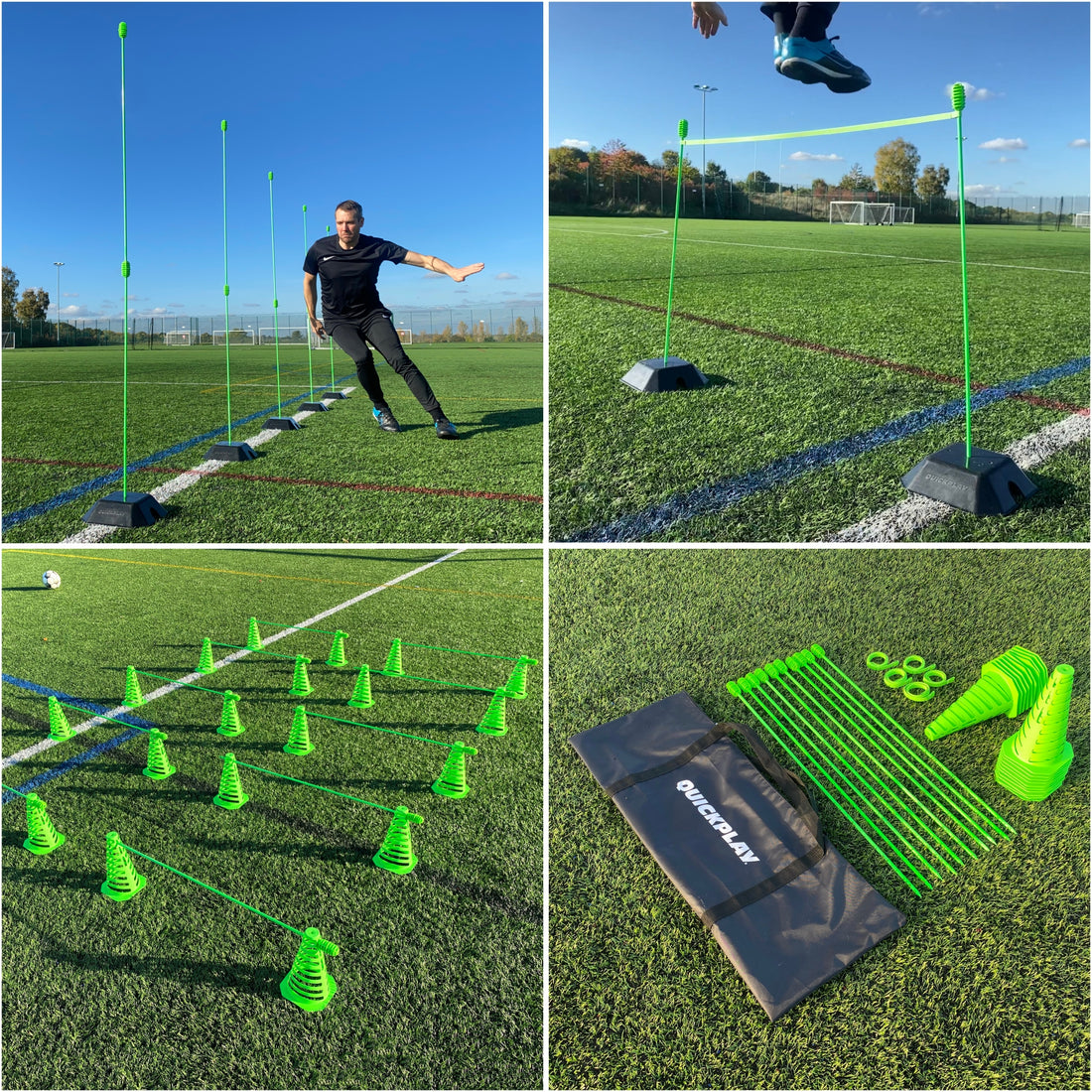
The agility poles can also be used with the cones to create hurdles for plyometric jumps or hops to develop lower body power and to create joint resilience in your ankles, knees, and hips when landing correctly.
The set also comes with bungee cords that connect from pole to pole. You can duck under them to work hip mobility or jump over the cord, for more advanced plyometric and enhanced explosive lower-body power drills. The bungee construction makes them very safe for all ages.
And the best yet, the set is lightweight, portable, durable, and affordable!
Training
The frequency of training with these tools can vary, depending on your individual goals, training plan, and schedule. However, I recommend incorporating speed and agility training into your regular training sessions.
A common approach is to allocate specific training sessions or days, each week for speed and agility training. The more volume and load you apply to your speed and agility session, the more rest and recovery will be needed. That said, 2 to 3 times a week, with sufficient rest days between sessions to allow for adequate recovery is a great place to start.
It is crucial to keep in mind that training frequency should also take into account, your fitness level, current workload, and any guidance provided by your coach or trainer. It’s also important to listen to your body, avoid overtraining, and gradually increase the intensity in a volume of training extra time. There is a concept called DOMS (delayed onset muscle soreness) This means that it takes 24 to 48 hours to feel the ‘sore’ effects of training. So, if you’re new to speed and agility training, make sure you are giving yourself plenty of rest in between sessions.
Speed and agility training should be worked on year-round, not just during the off-season. You should maintain regular training sessions throughout the season by following a dedicated training program. The only element that might change in season is the intensity (load) and volume (reps/duration).
Although this article is about speed and agility, you should also incorporate strength and endurance training in your structured training session as well. Cardiovascular fitness and resistance training are pivotal for football players who need strength and power to sprint, tackle, and shoot. Incorporating weight lifting, plyometrics, and body weight exercises as part of your training routine is recommended.
Because speed and agility focus on acceleration, deceleration and change of direction there is a lot of cumulative strain on your feet, ankles, knees, and hips. Consider injury prevention as important as speed and agility. To stay fit and avoid injuries, you should include exercises to strengthen the muscles around the working joints.
Remember, adequate rest is vital for muscle recovery and preventing over-exertion. You should schedule rest days and prioritize getting proper sleep to allow your body to recuperate.
Make sure to stay hydrated before, during, and after training sessions and matches to maintain your energy levels and prevent dehydration. Hydration is a crucial component for healthy muscle tissues and to lubricate the joints.
Each of you may have a slightly different schedule or approach based on personal factors and the advice of your coaches and trainers. What should be gleaned from this article is that the best players on the planet have masterful speed and agility characteristics.
Football is indeed a beautiful match and played with skill and flare that should both astonish and inspire.
--Coach Cummings
Michael Cummings
www.coach-cummings.com
"Michael Cummings is a strength and conditioning coach in San Diego, CA. For more than 20 years he has coached Olympic and professional athletes to youth athletes. He is also a certified Rehabilitation Specialist and Brain Trainer. He is passionate about upgrading the performance of all athletes."

